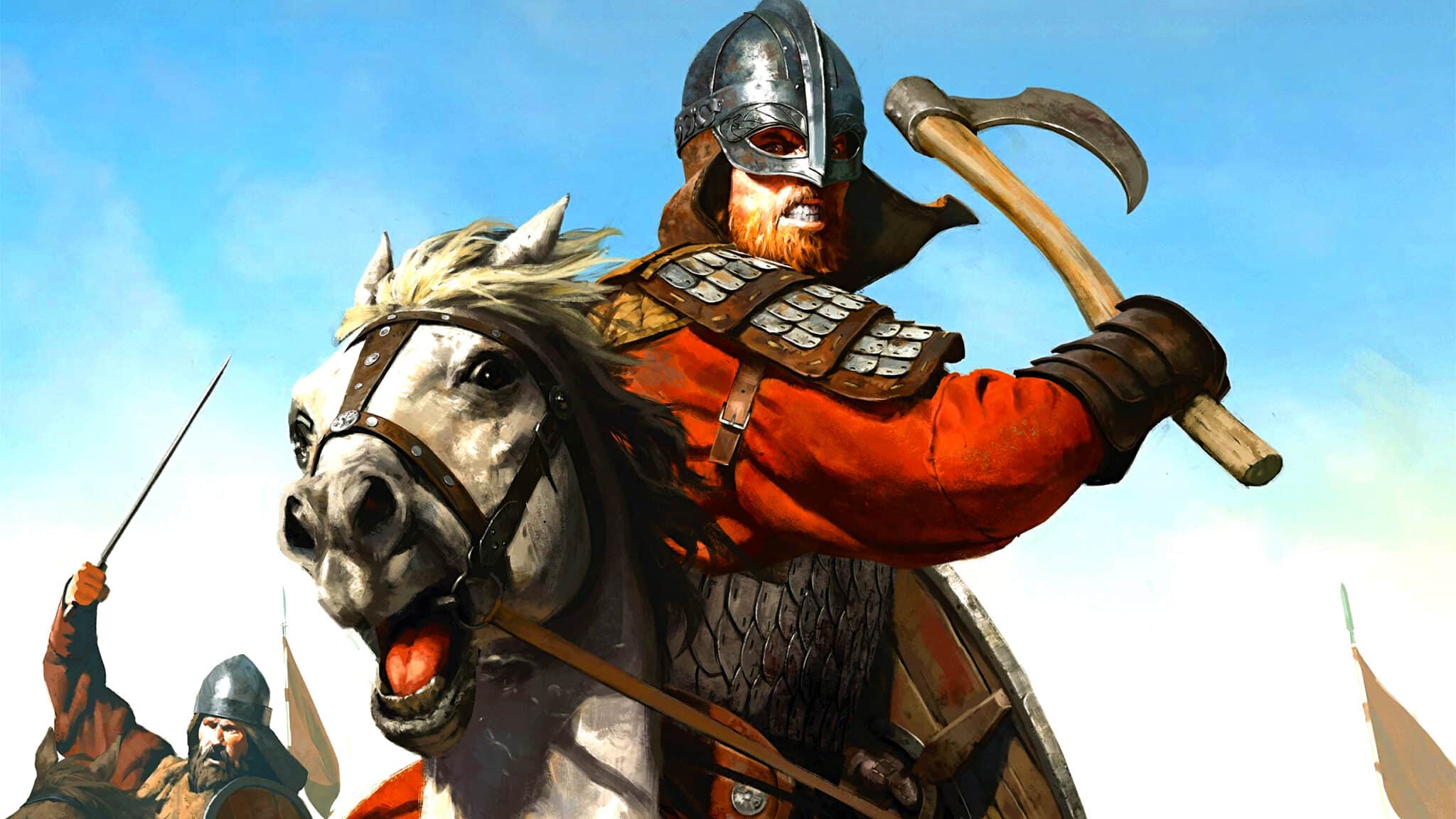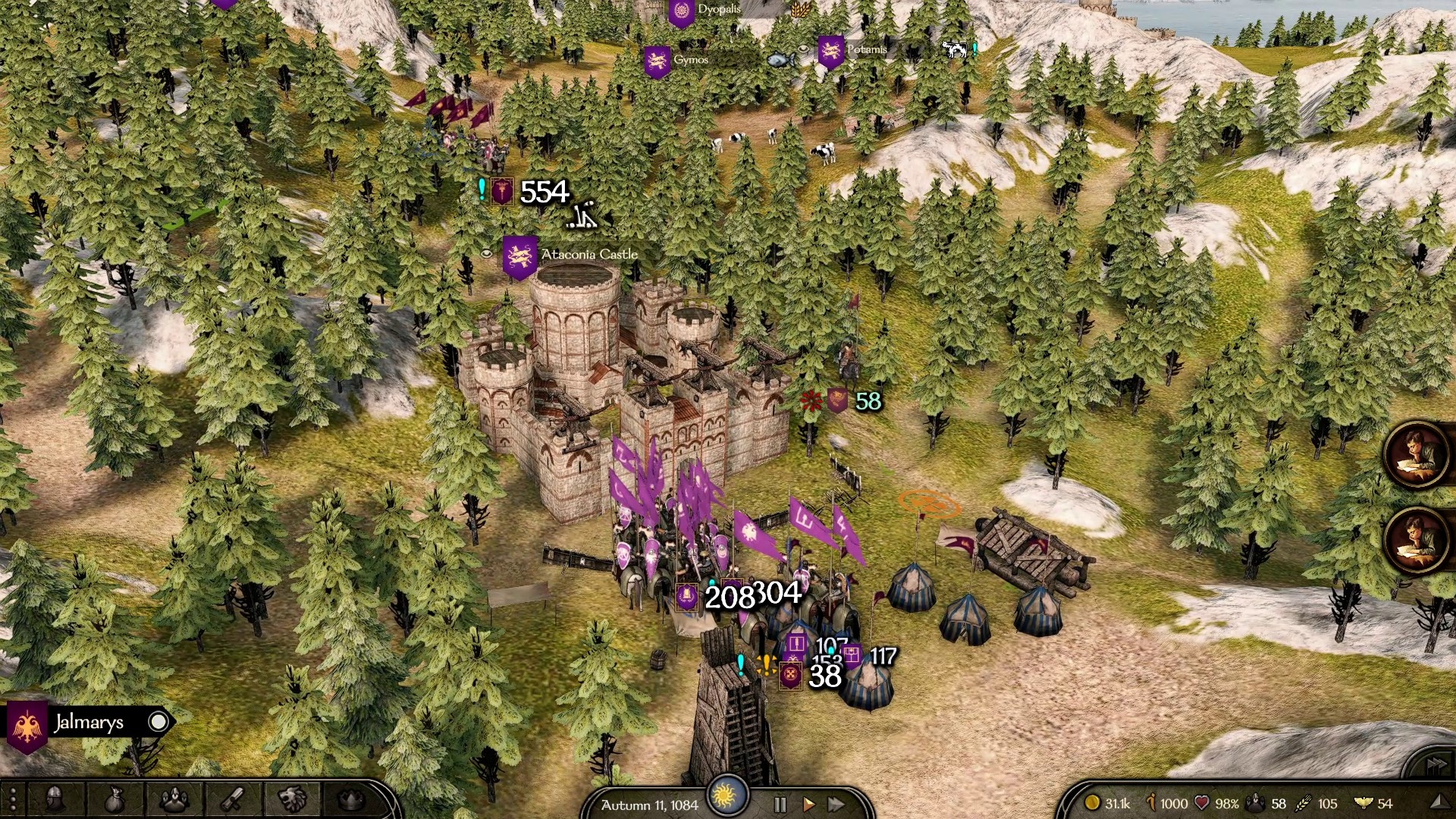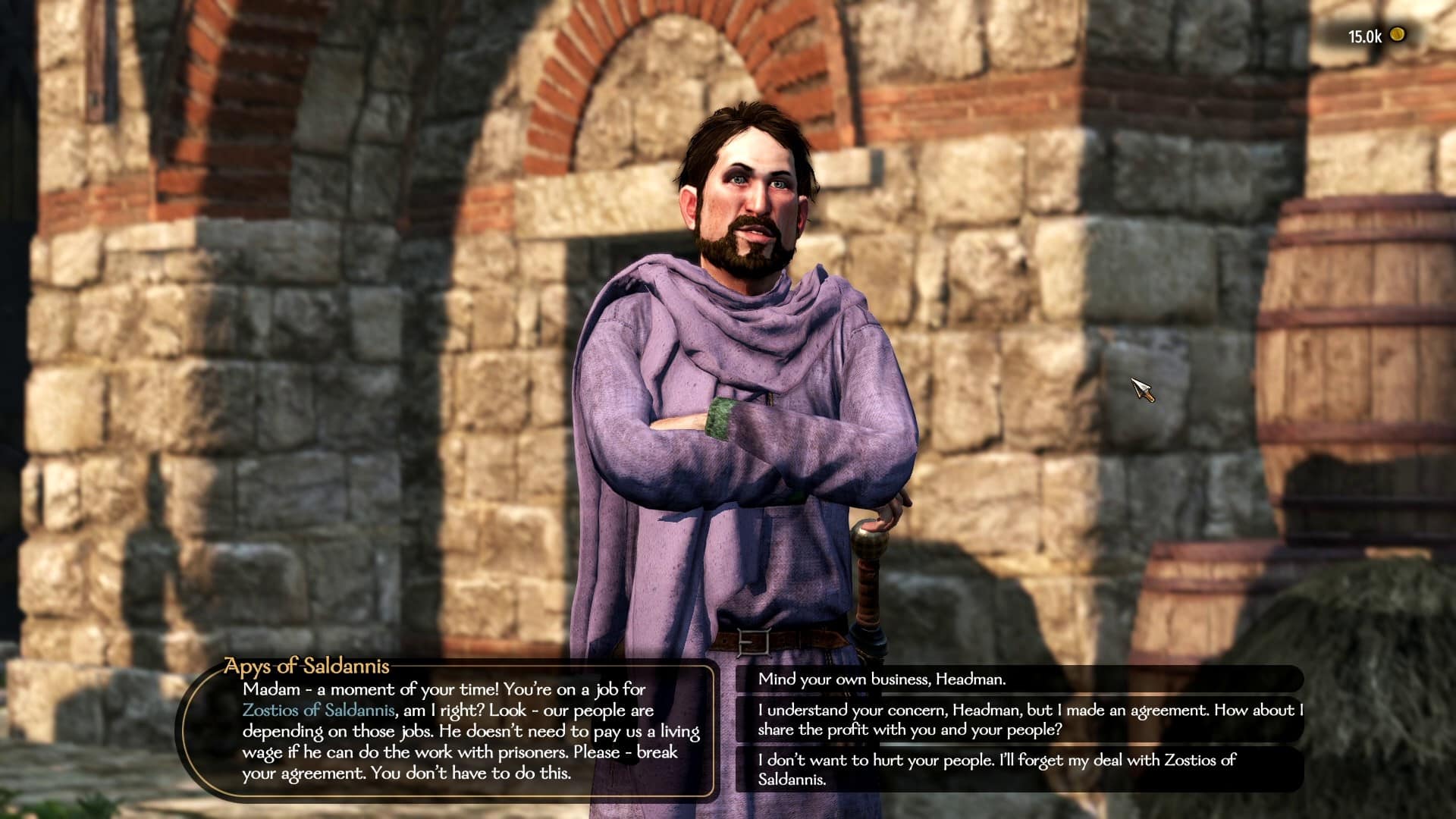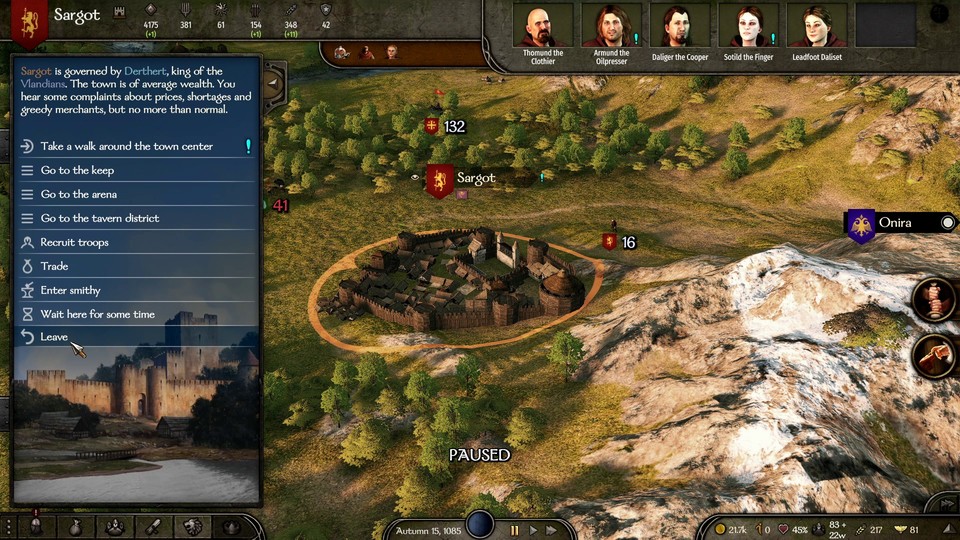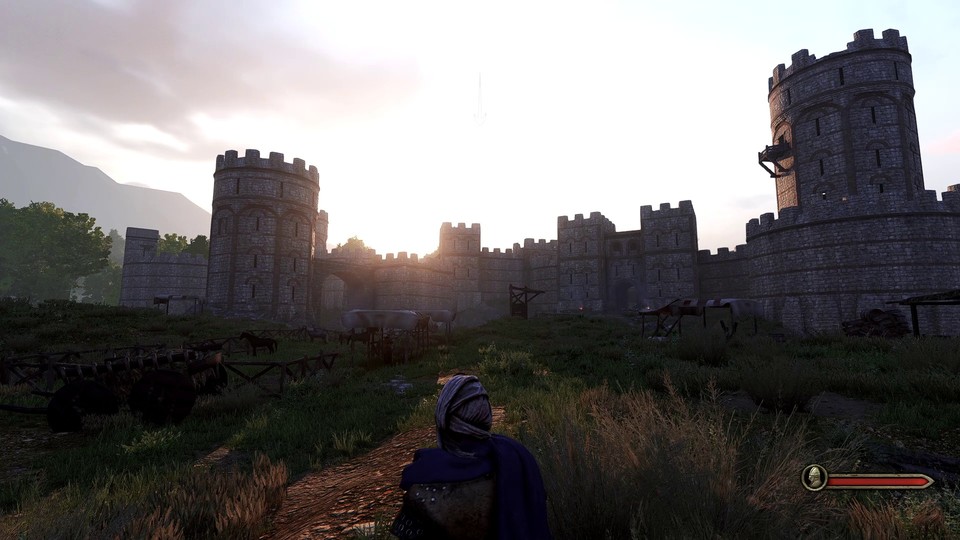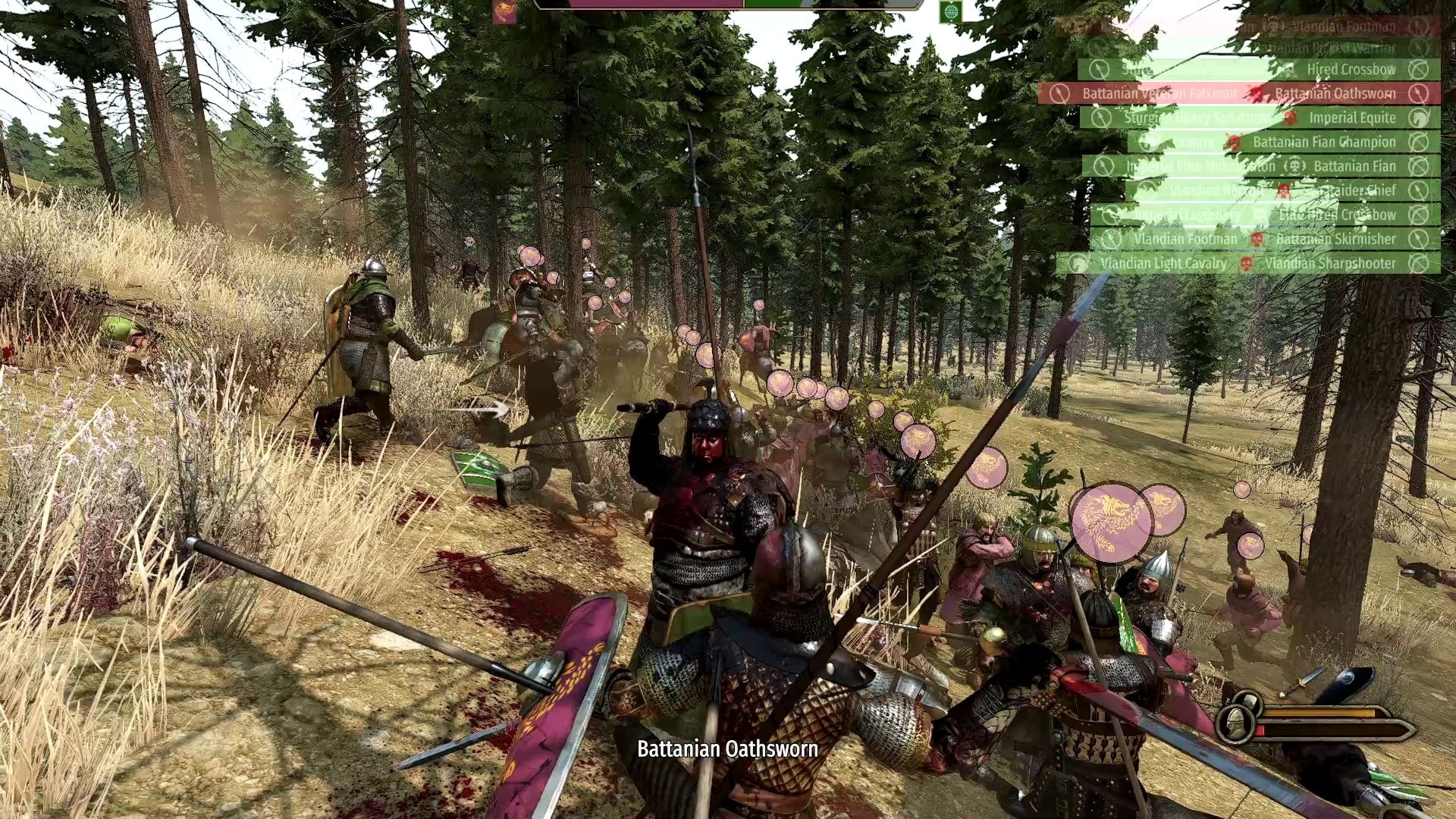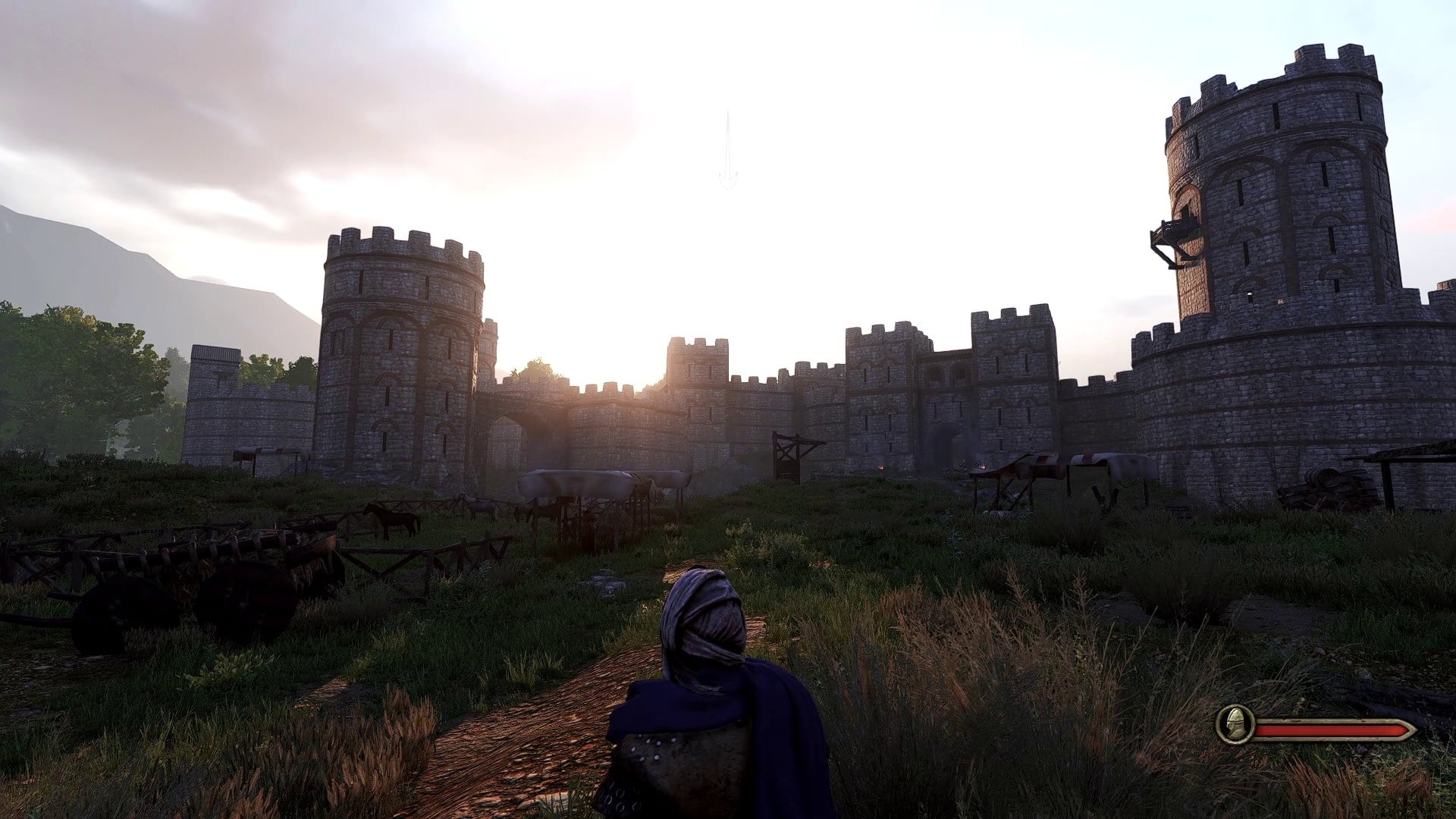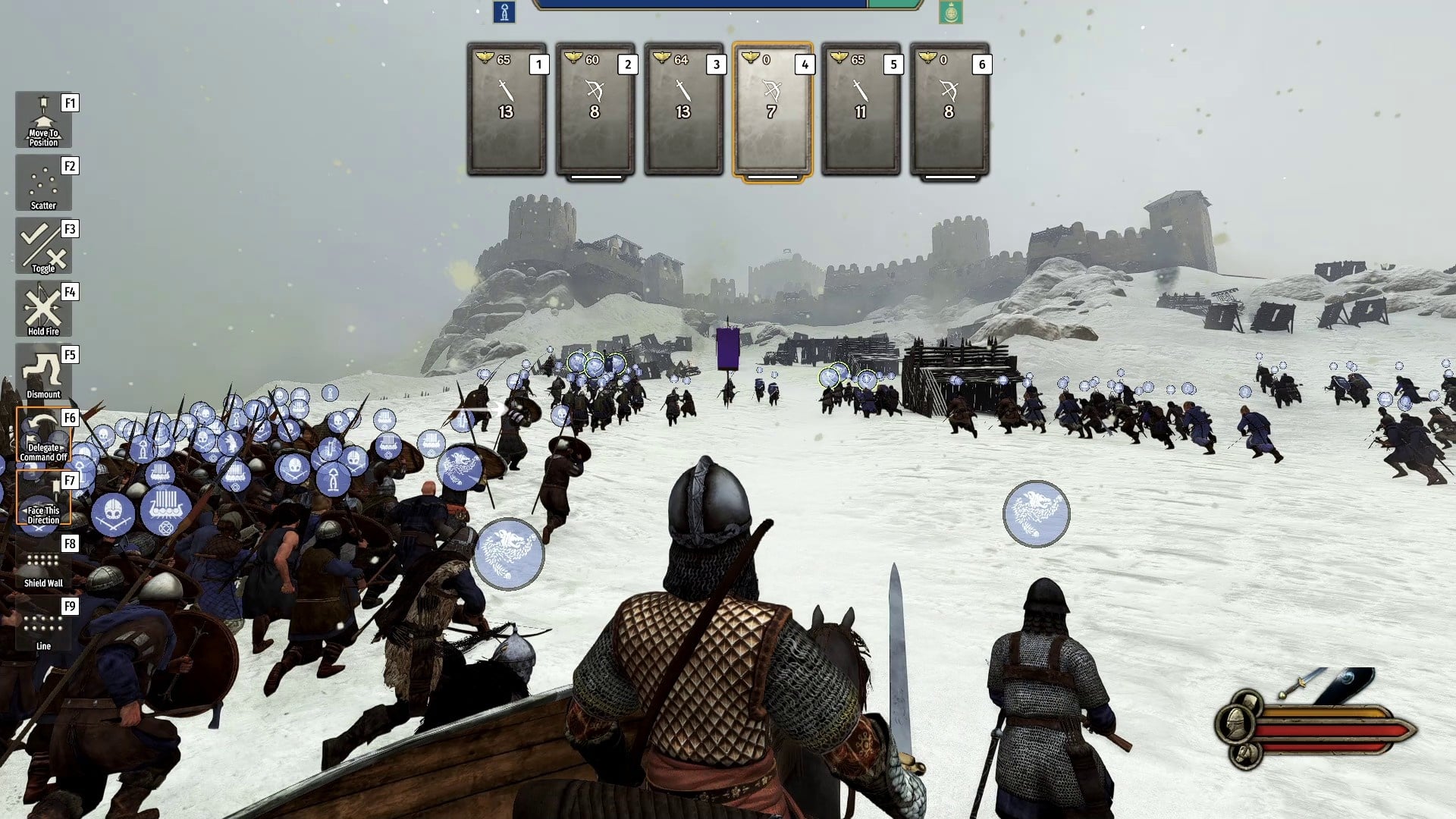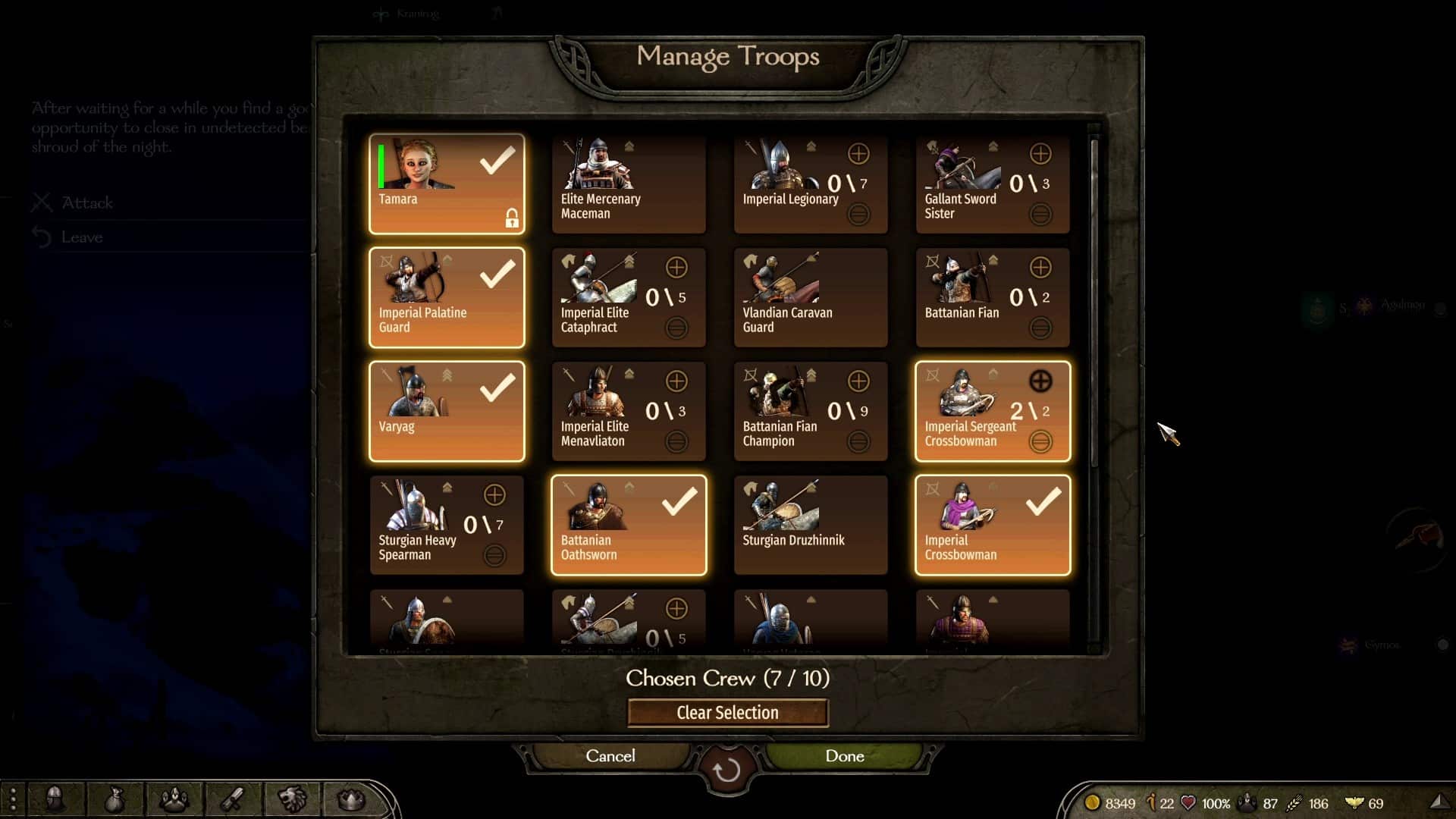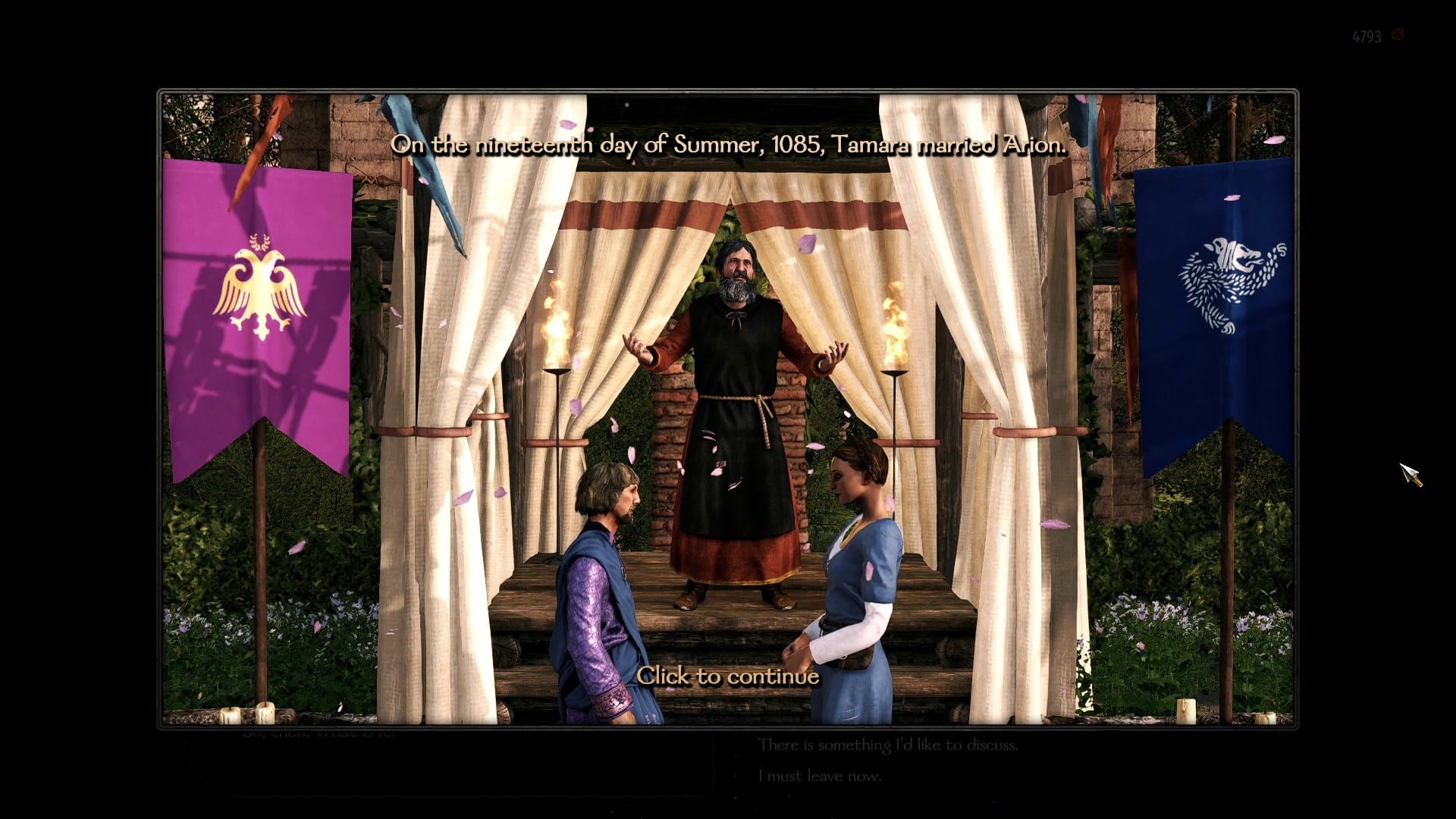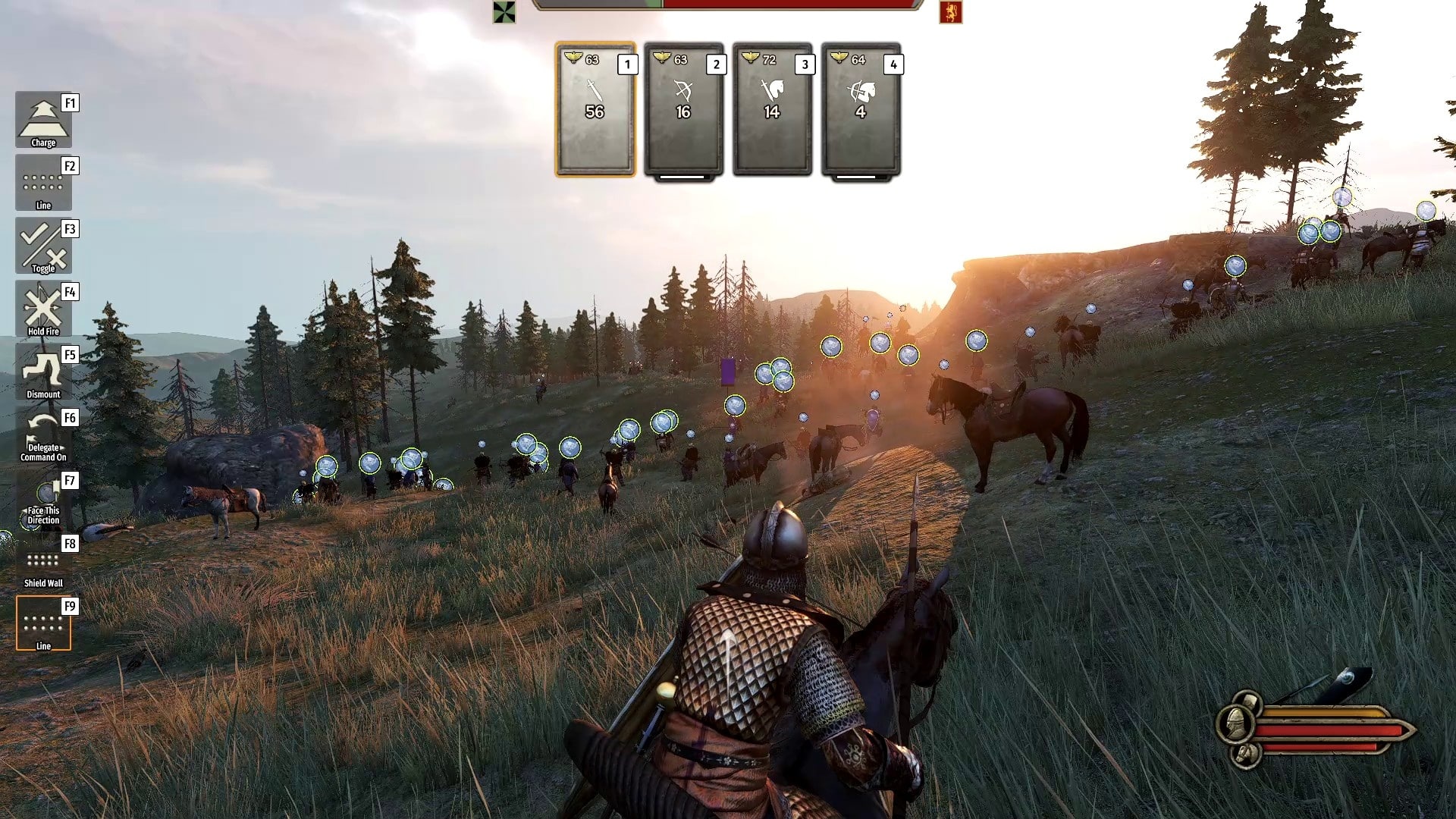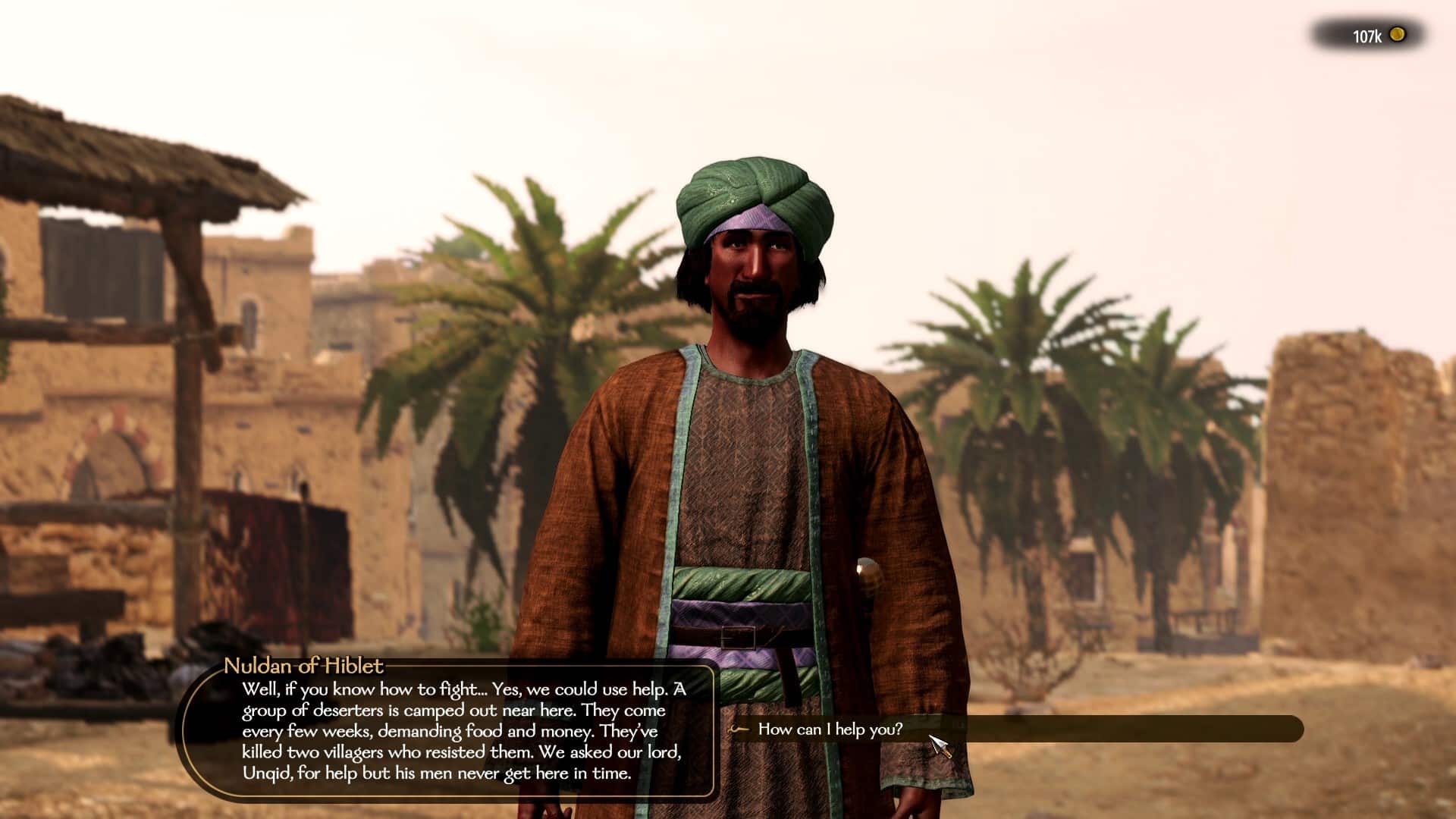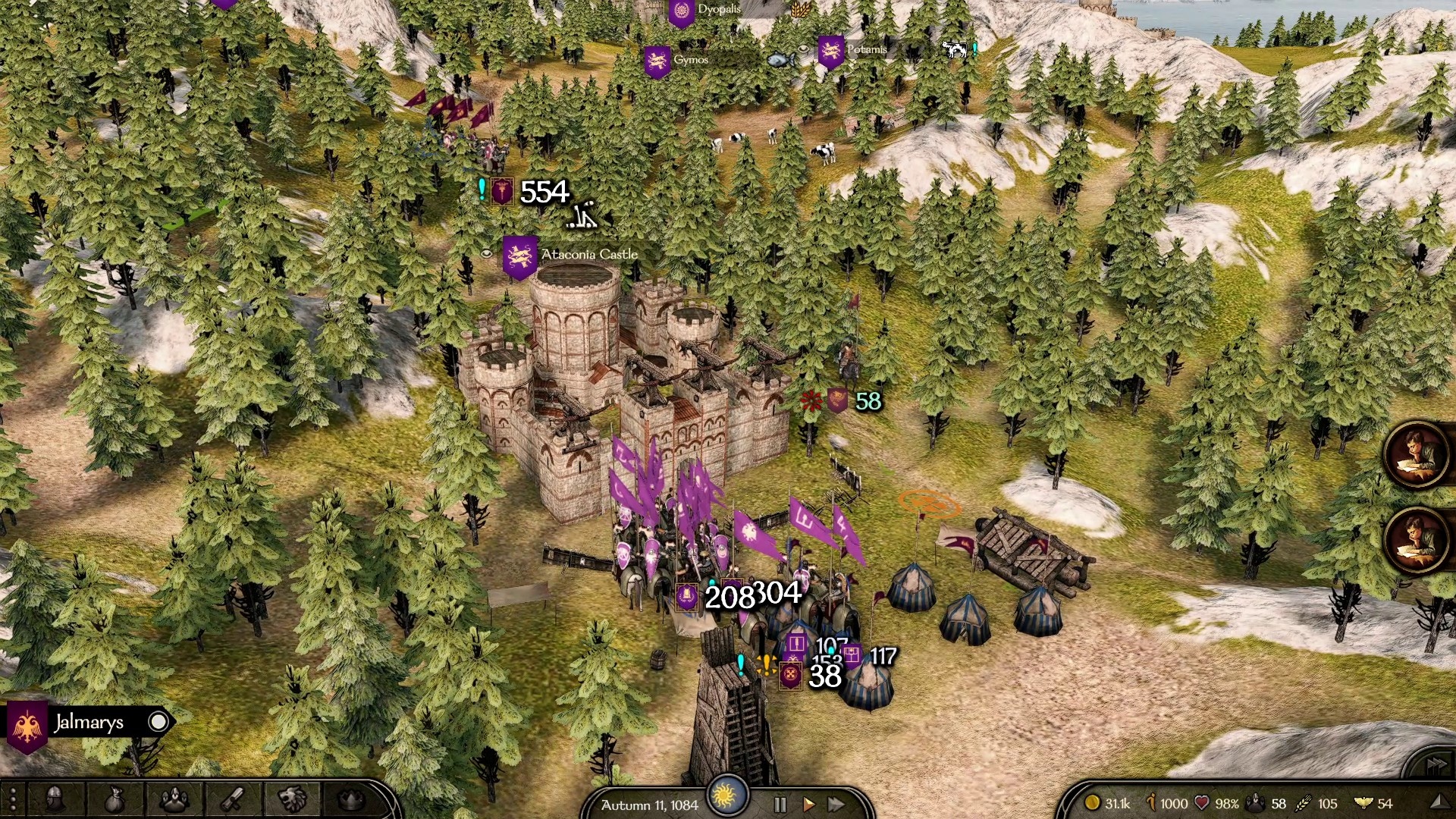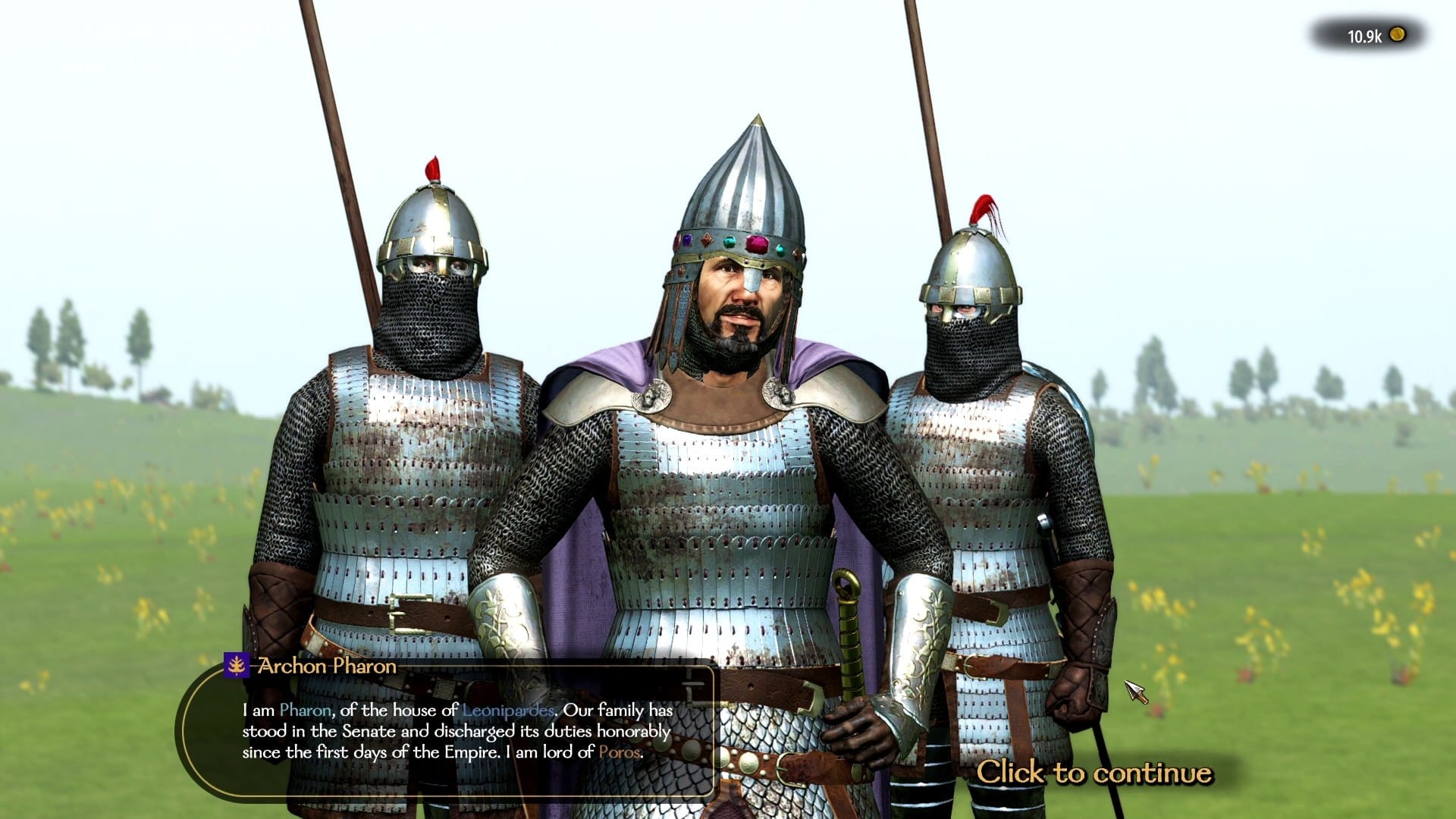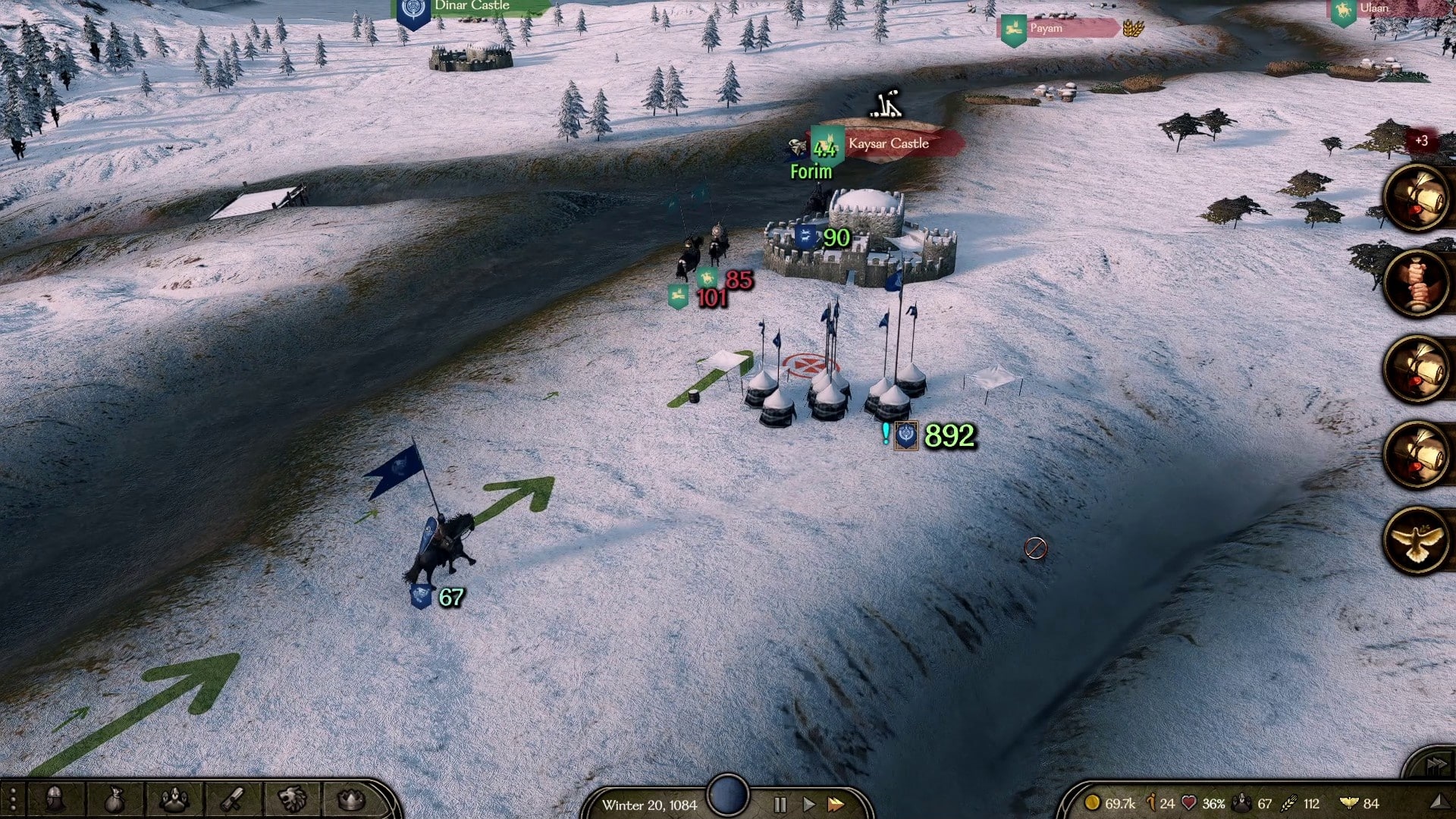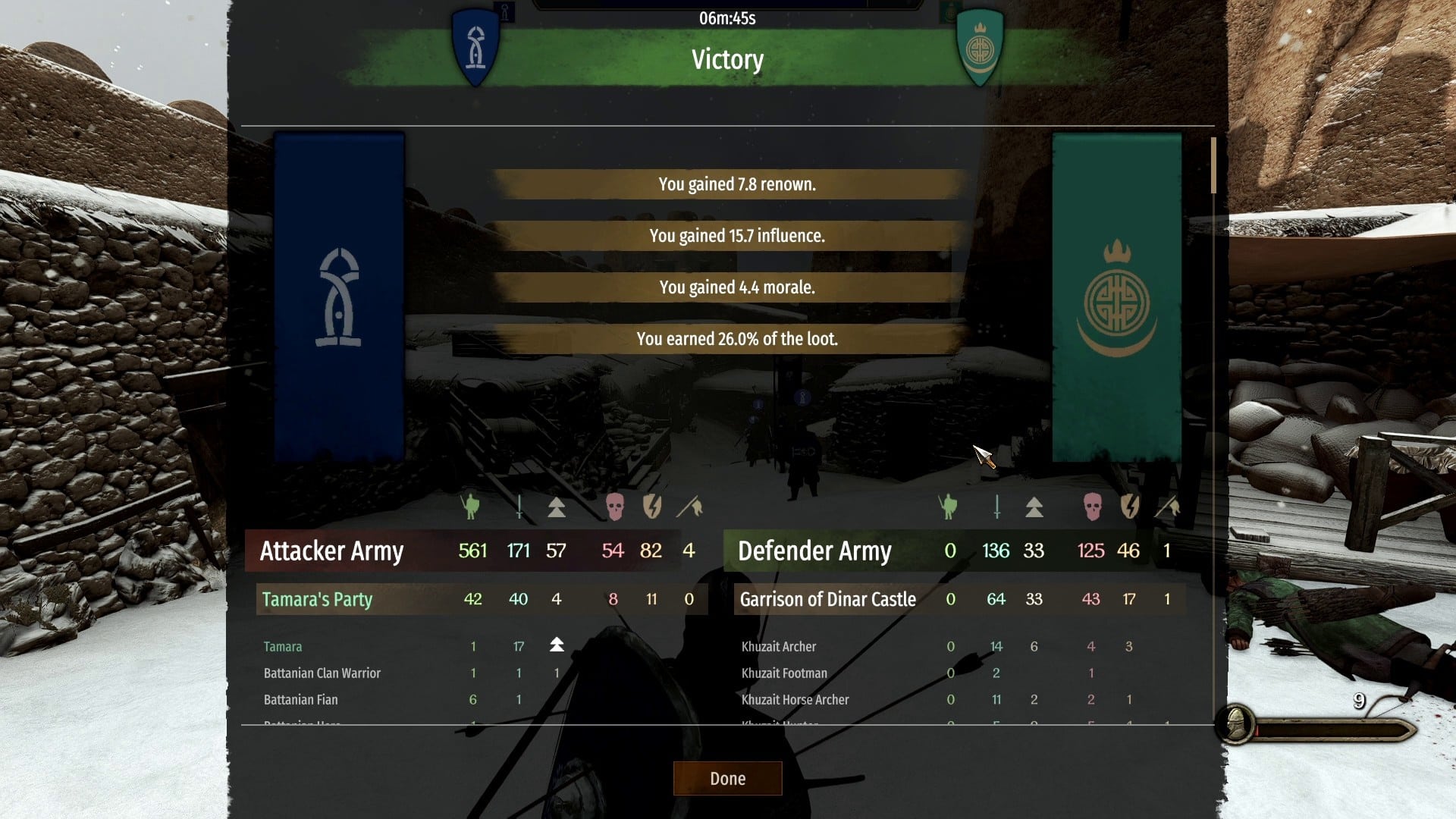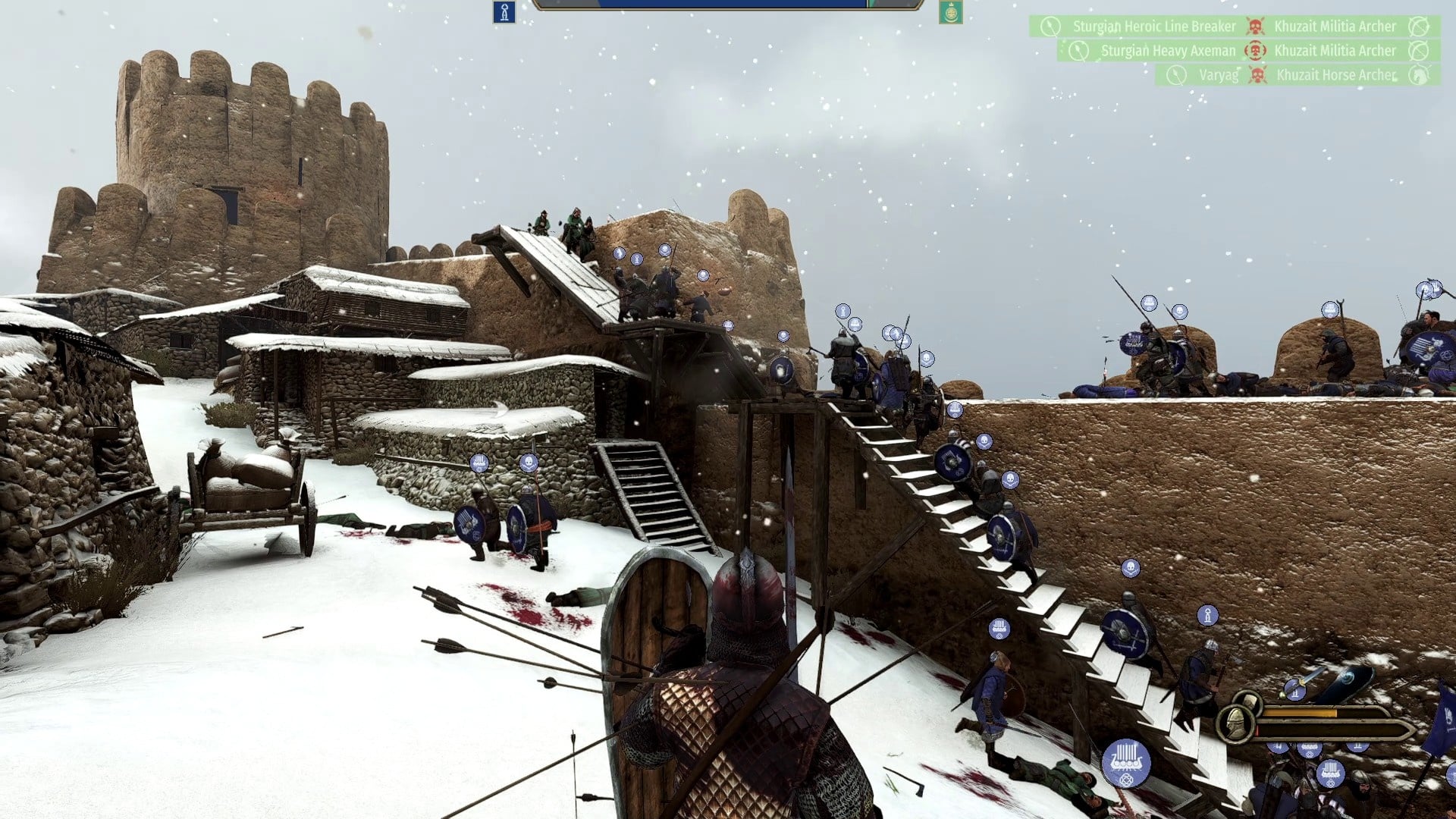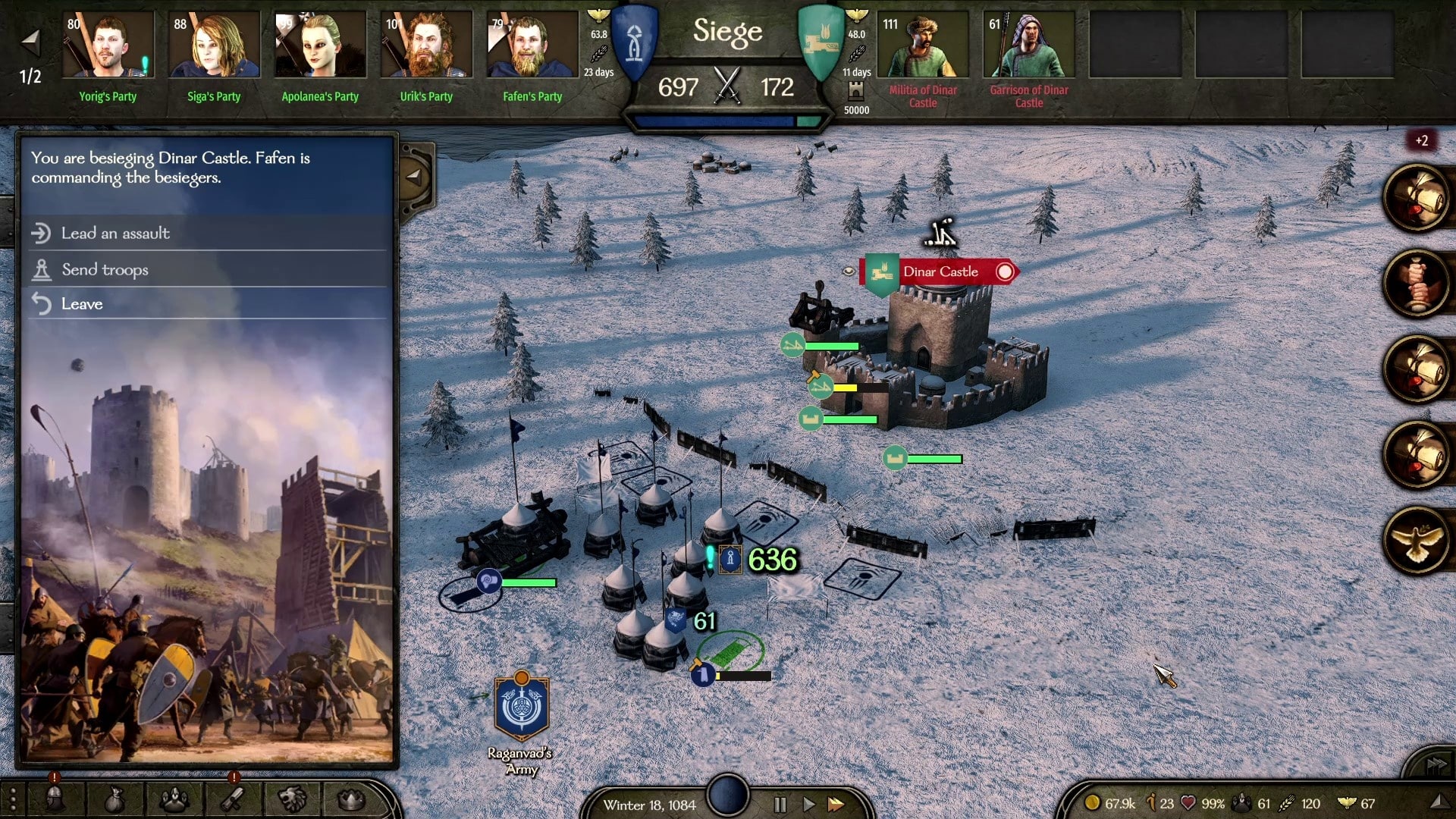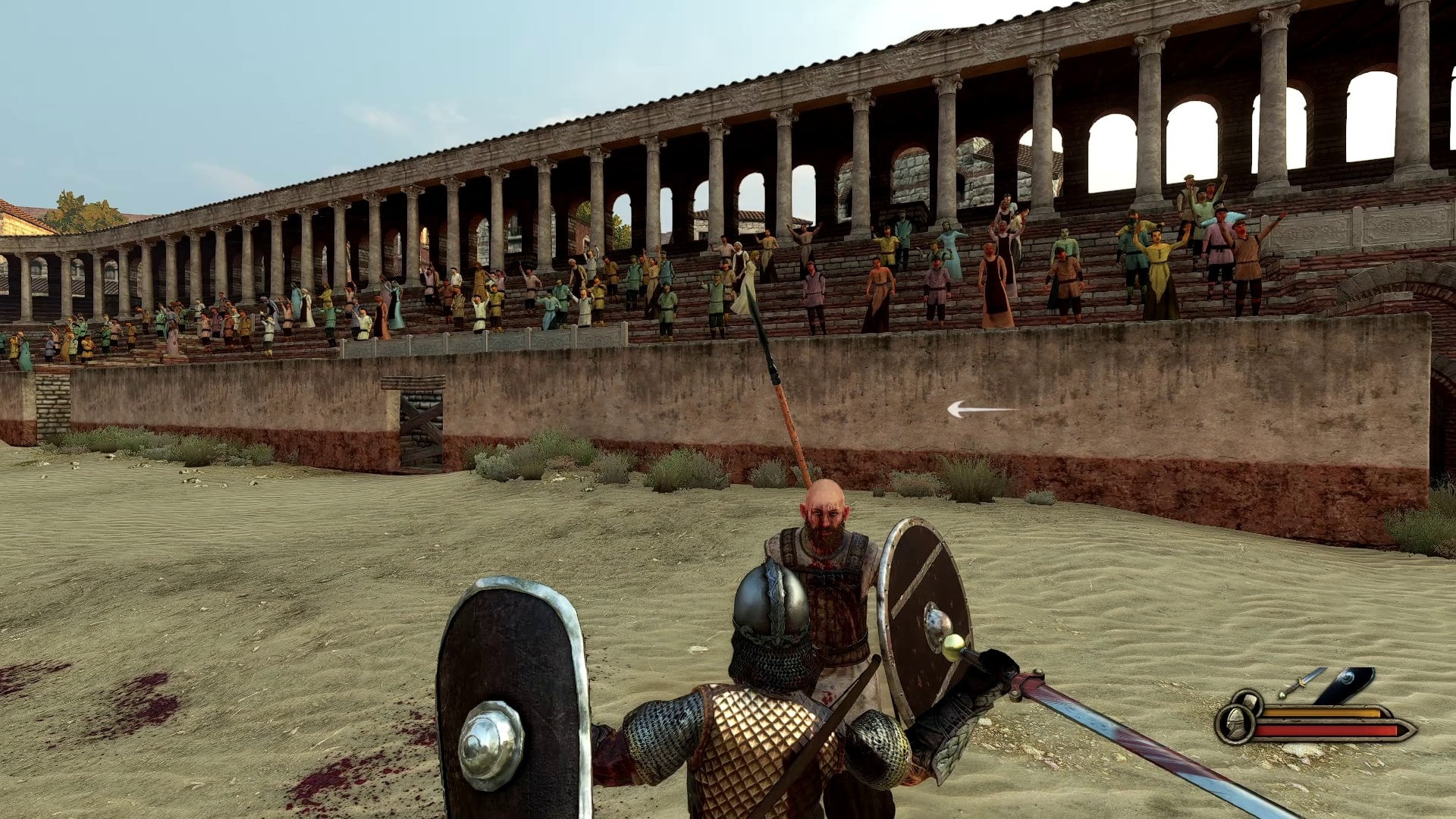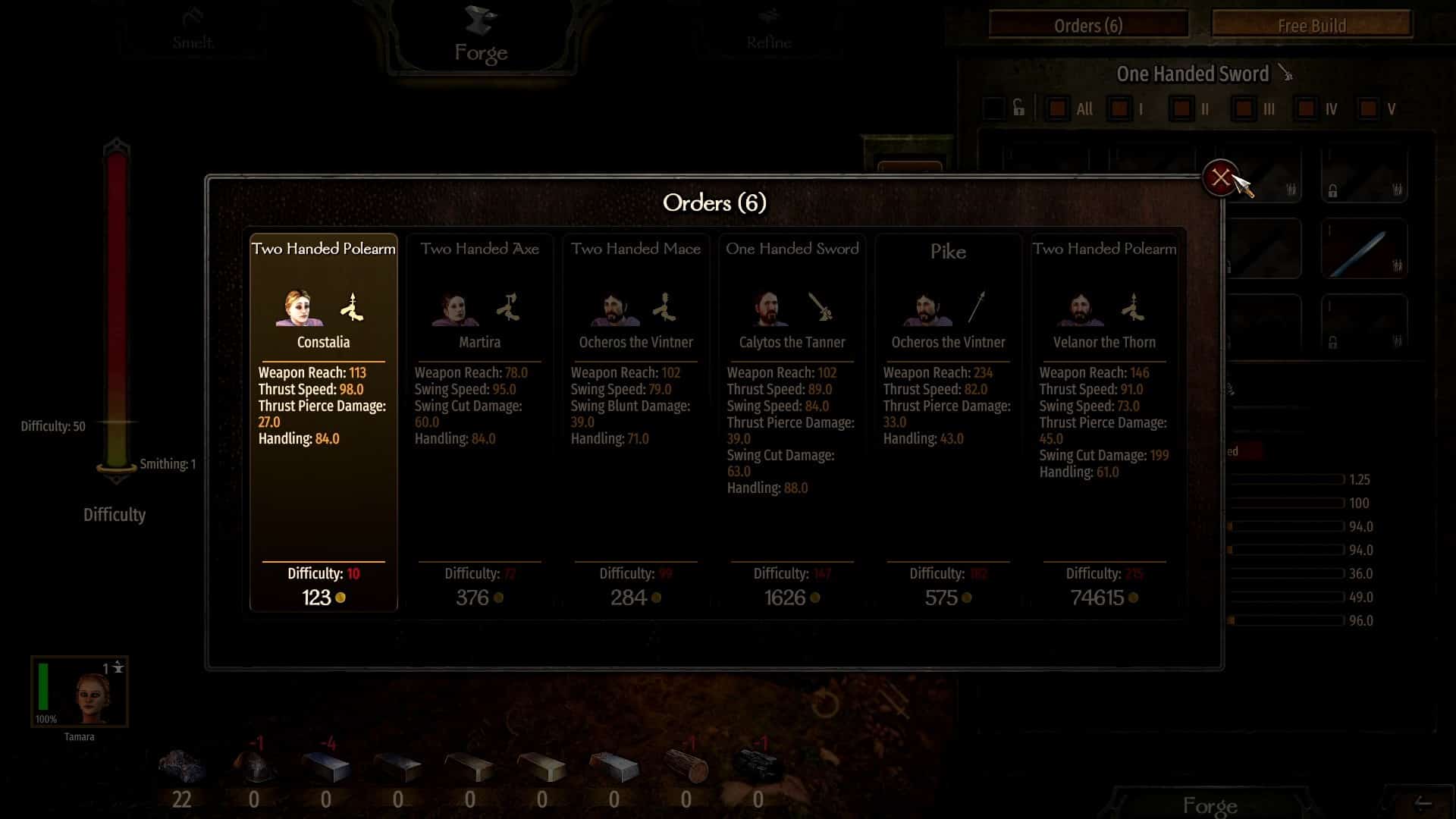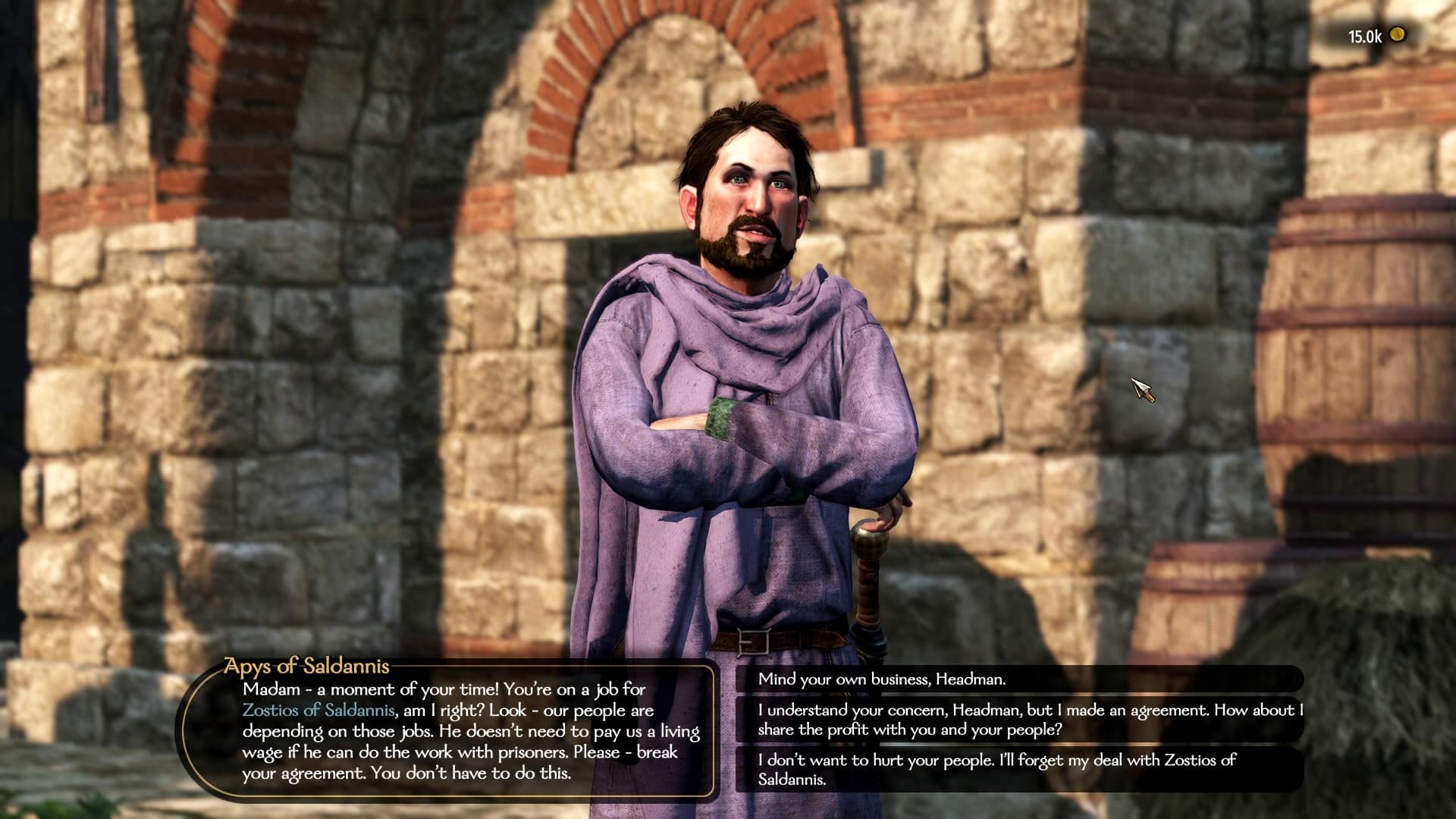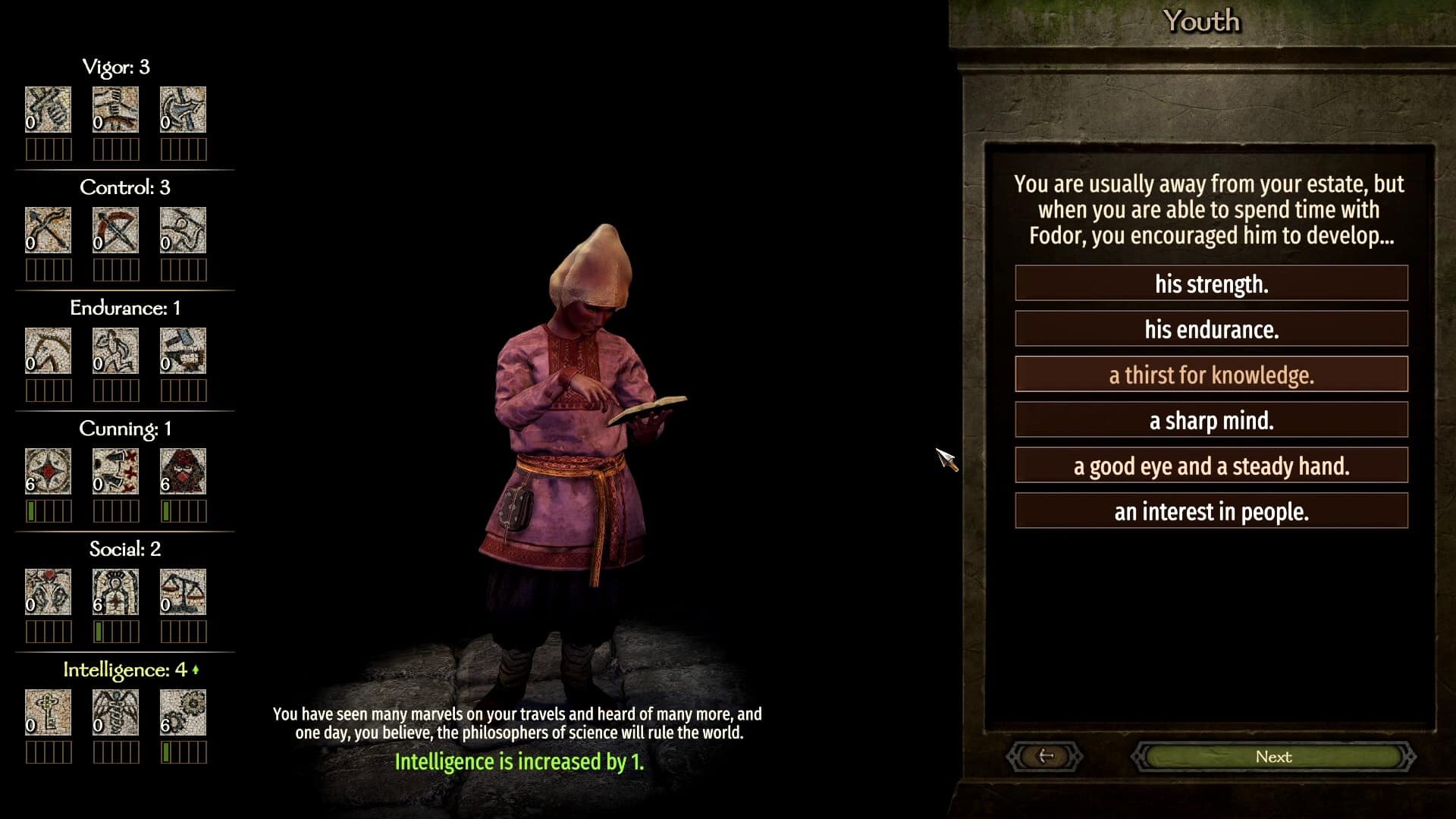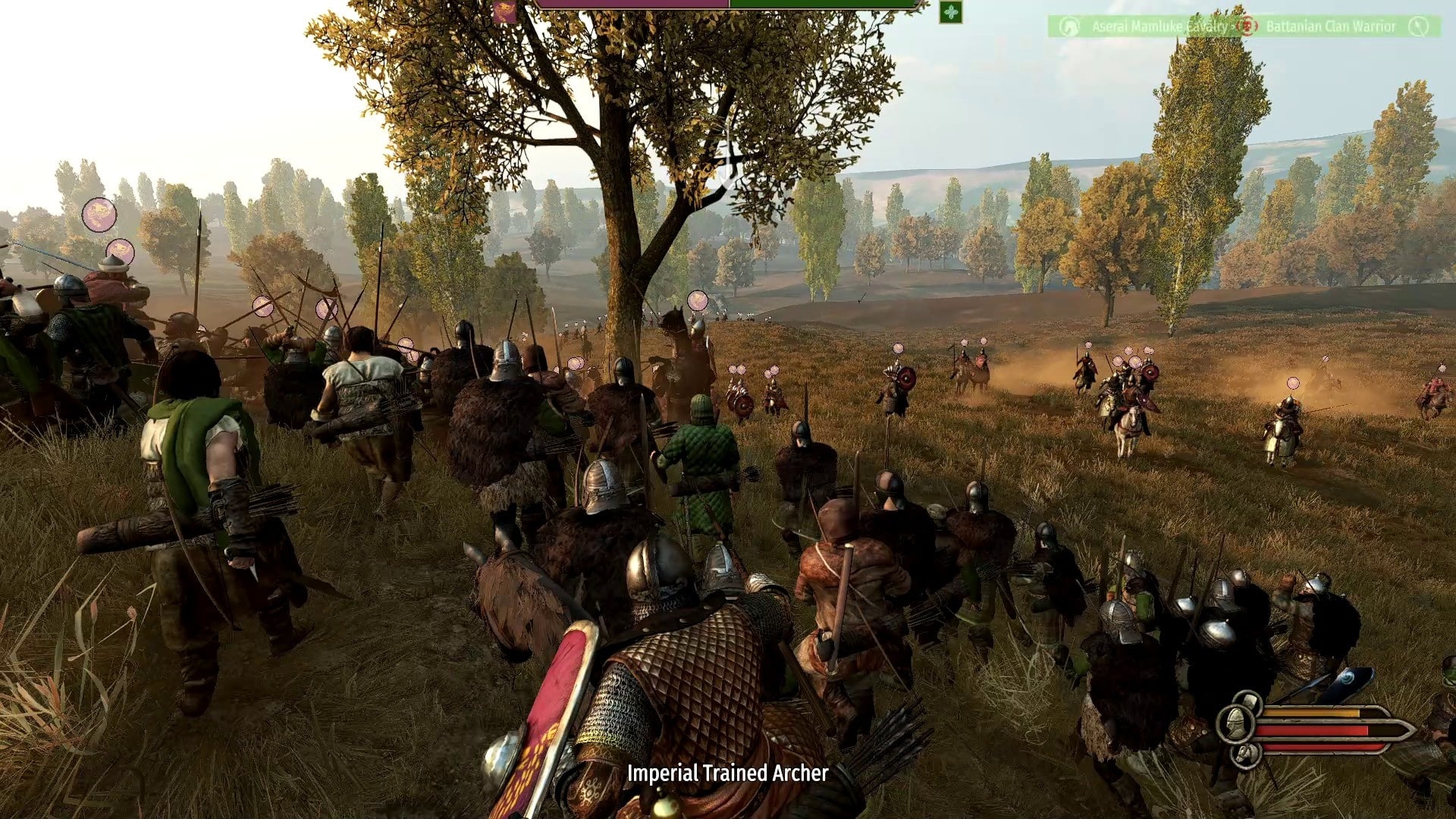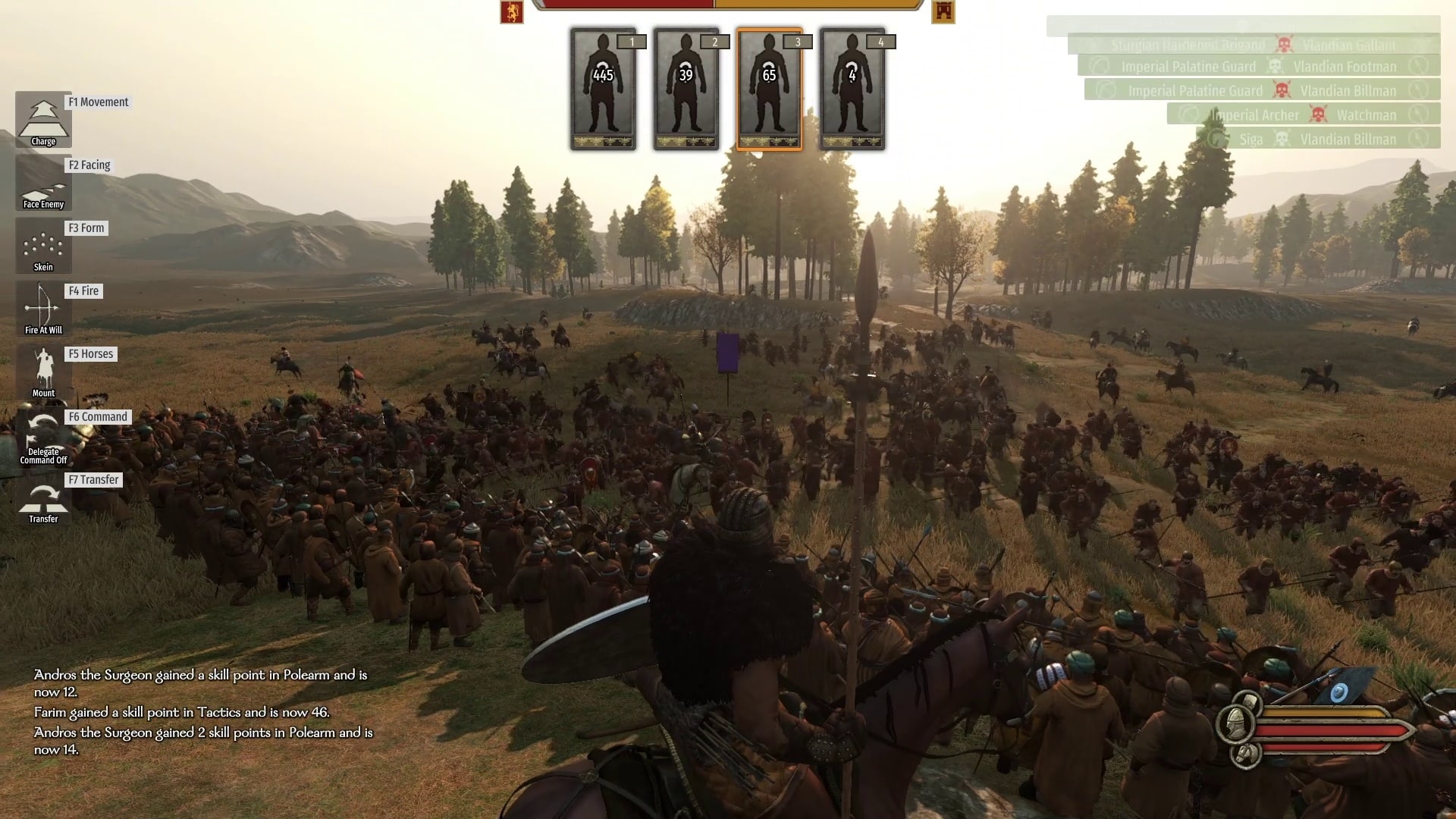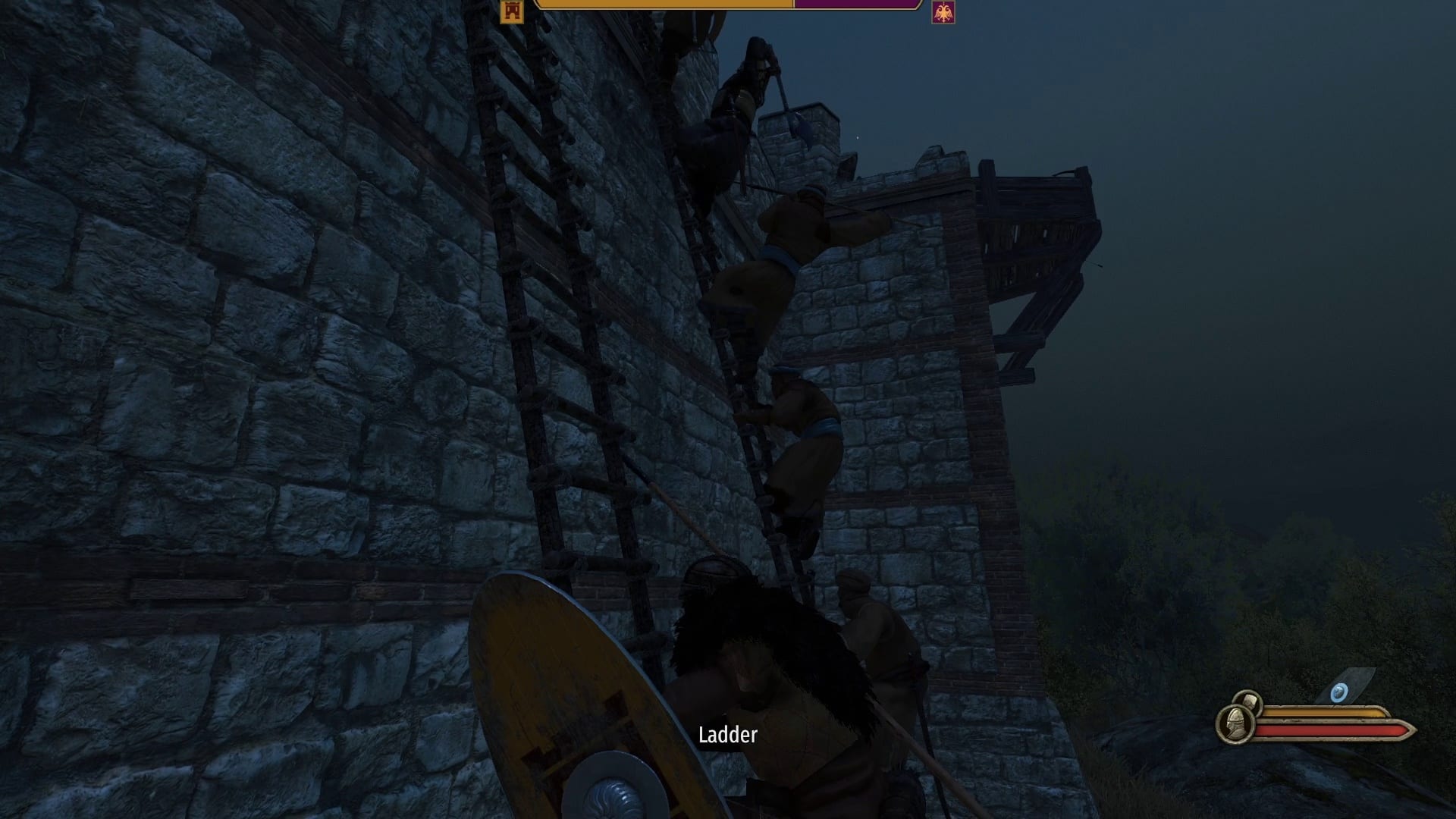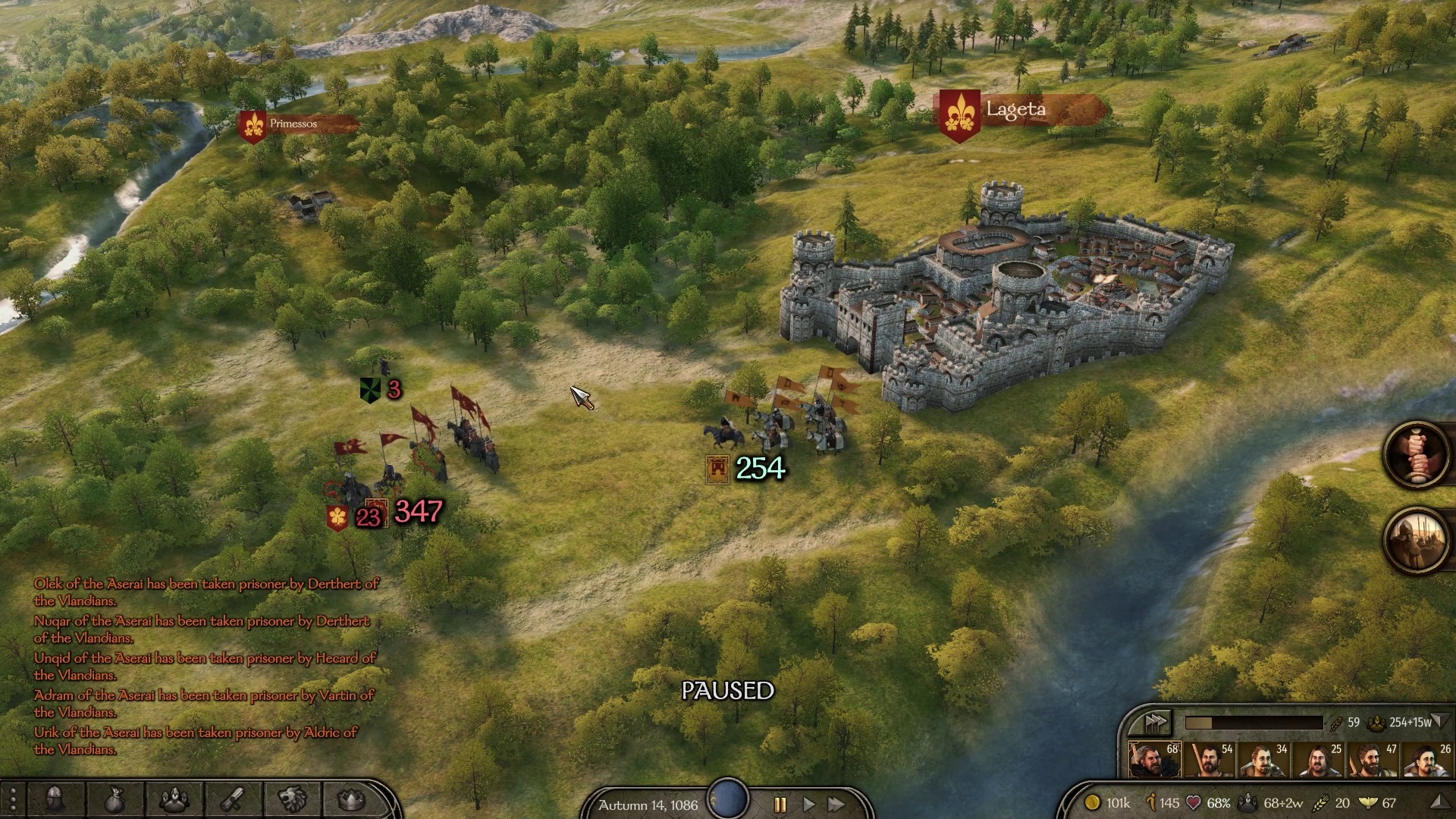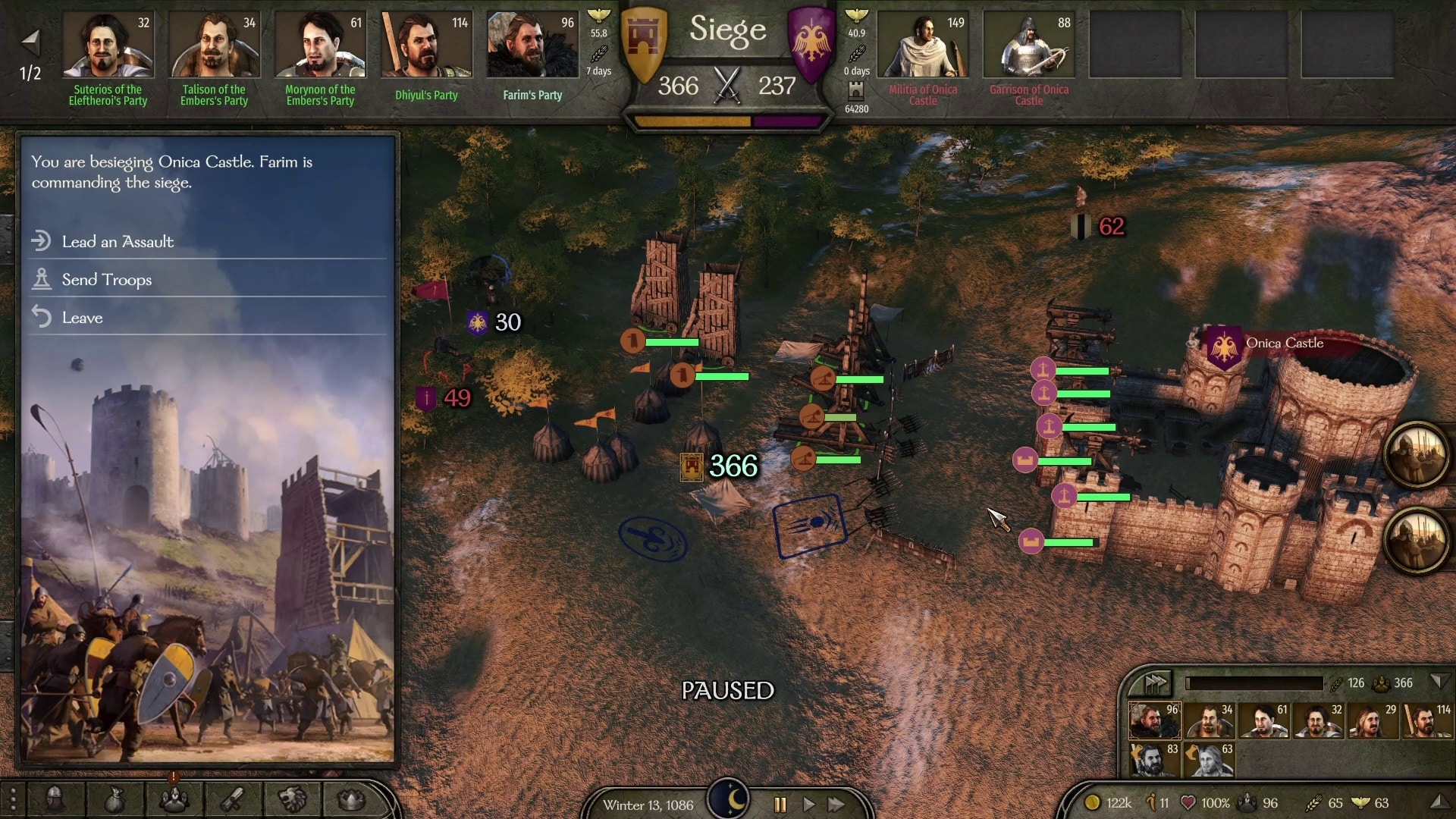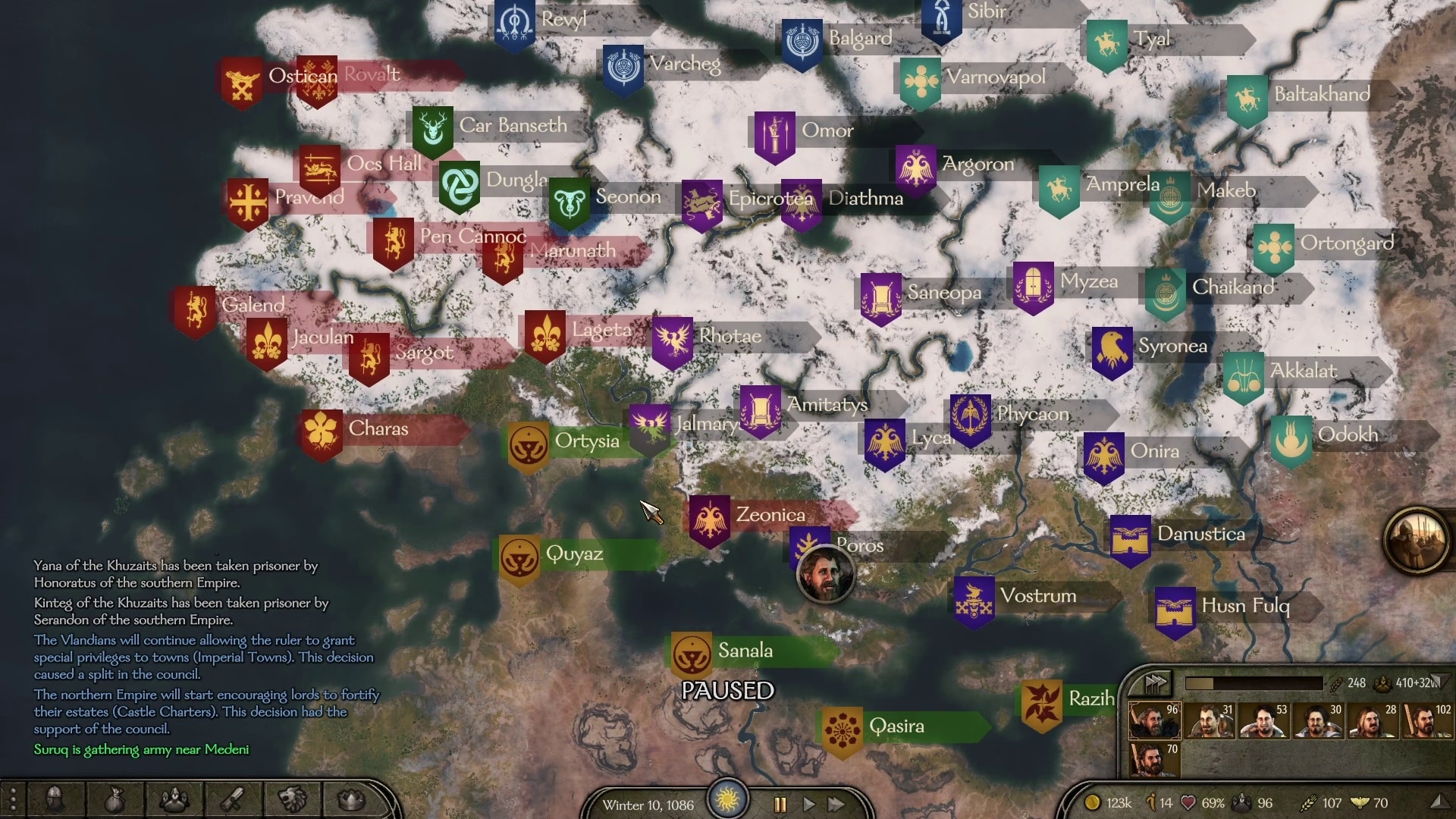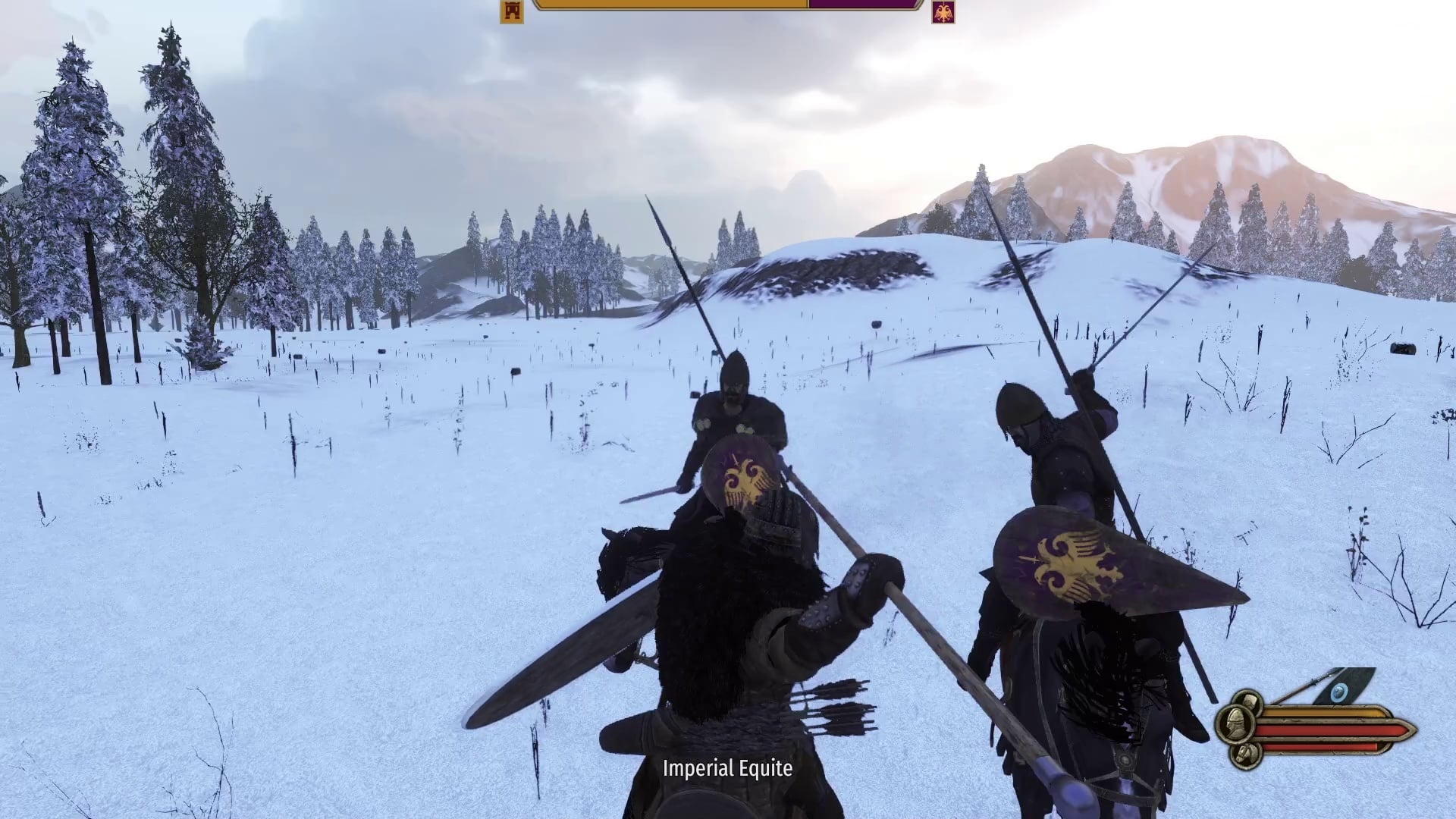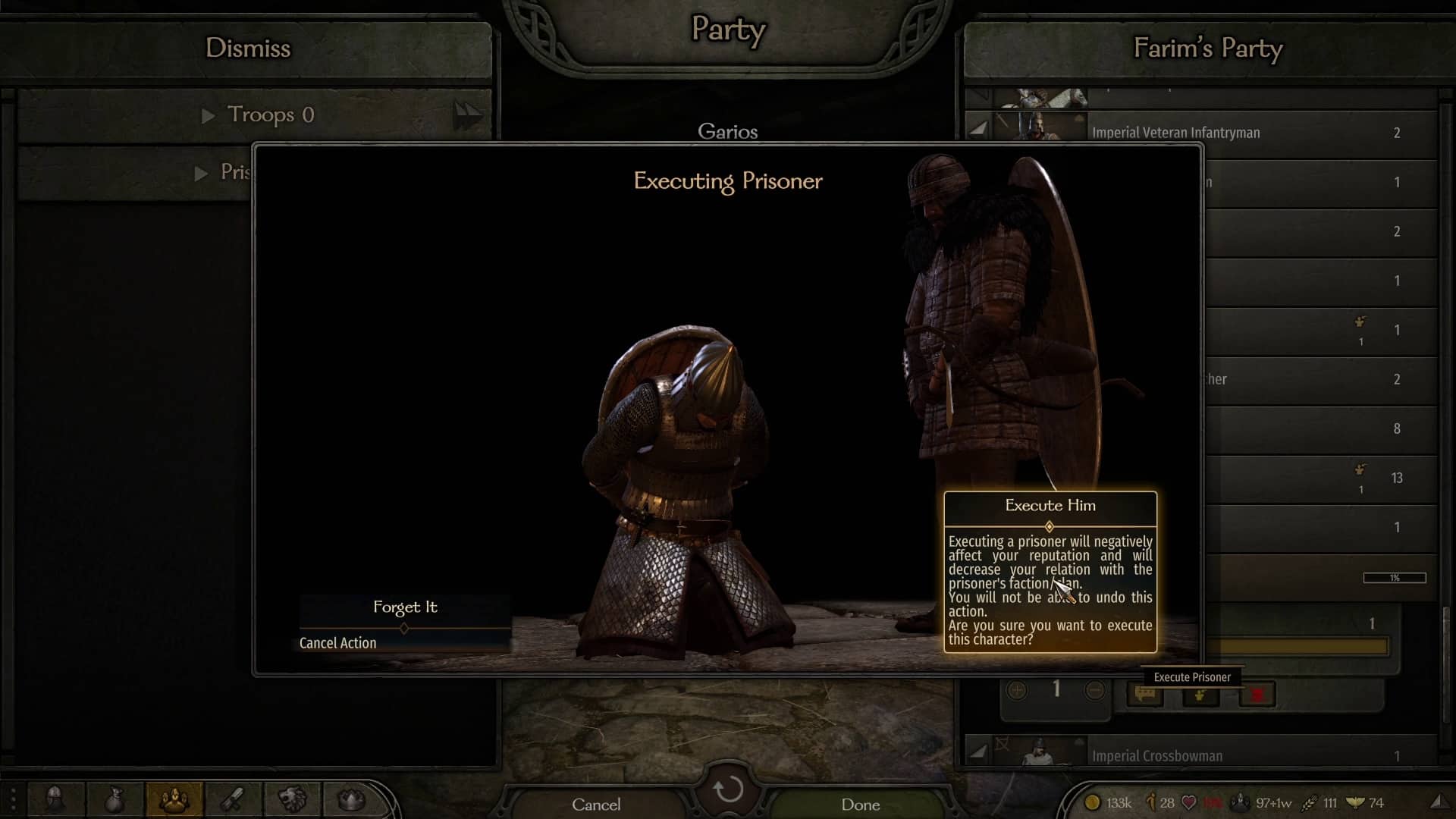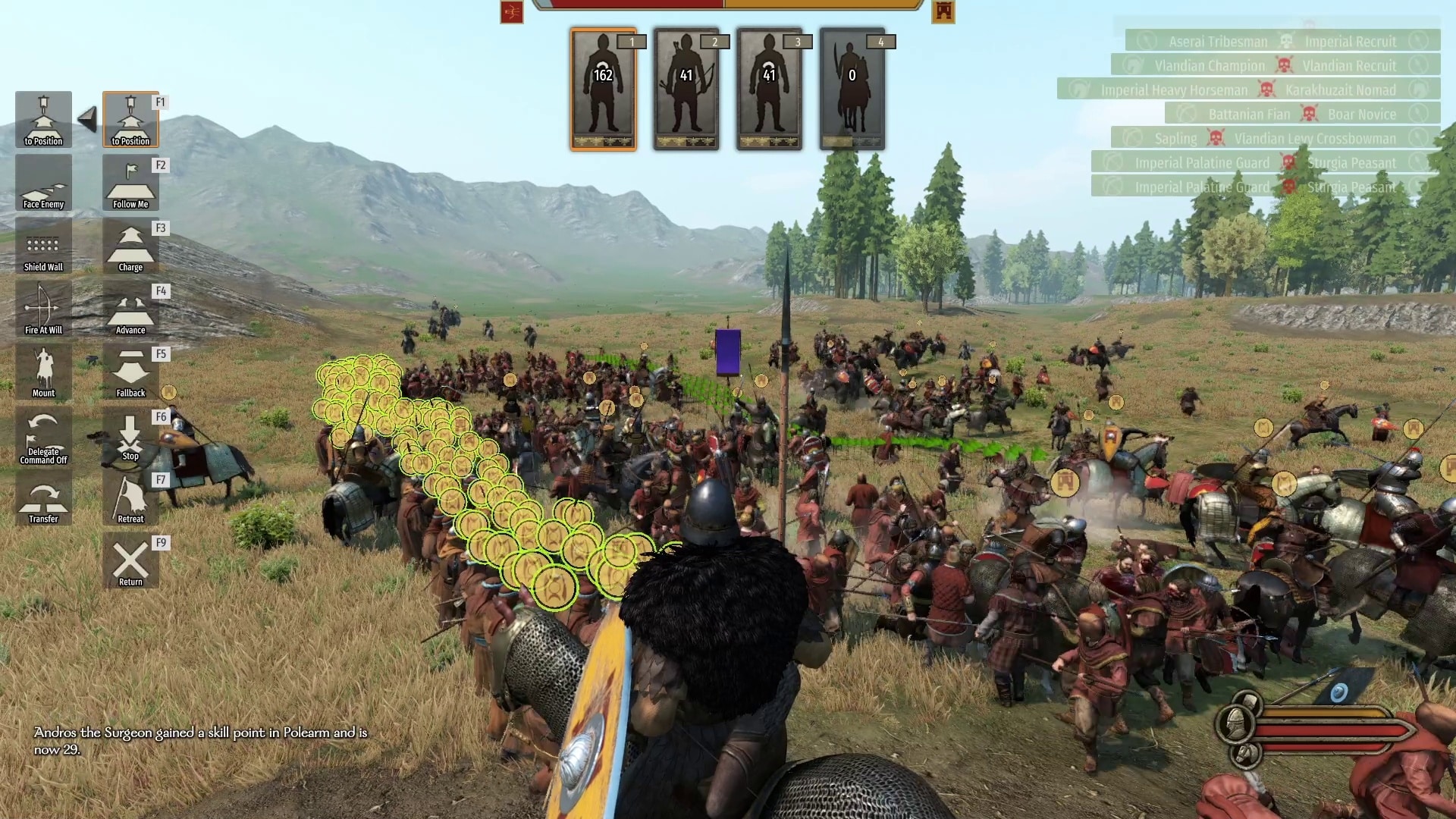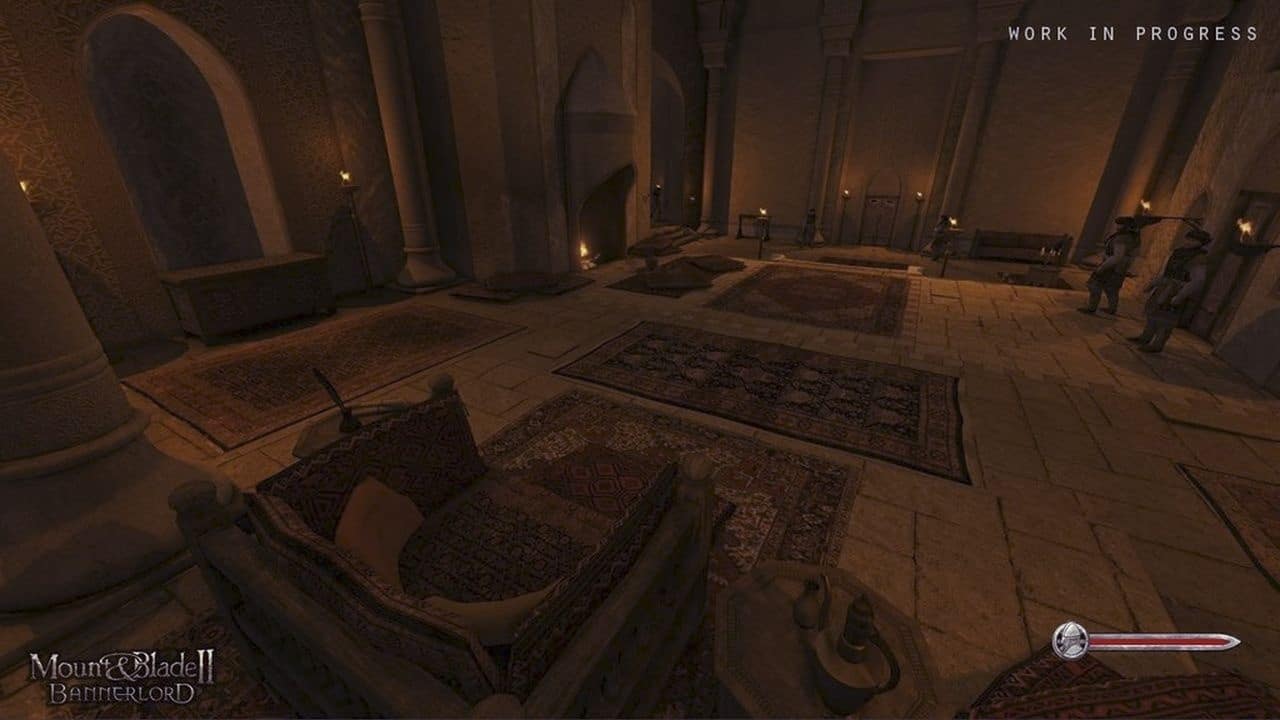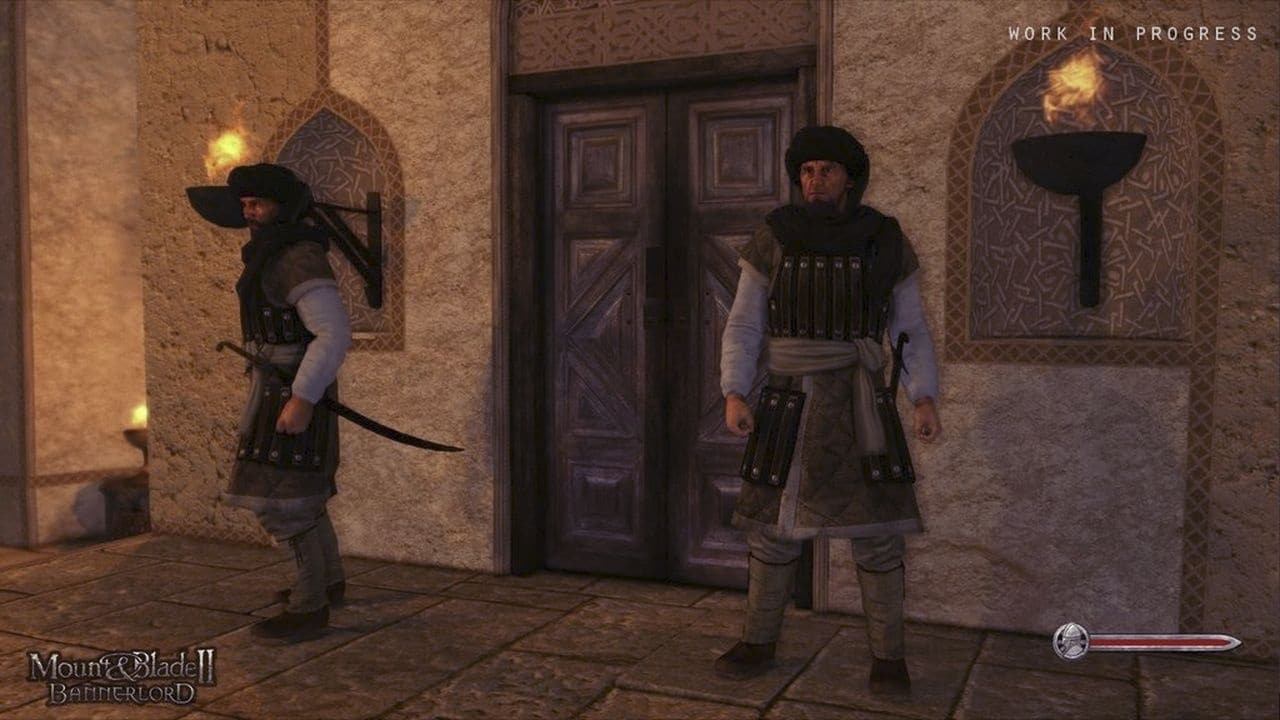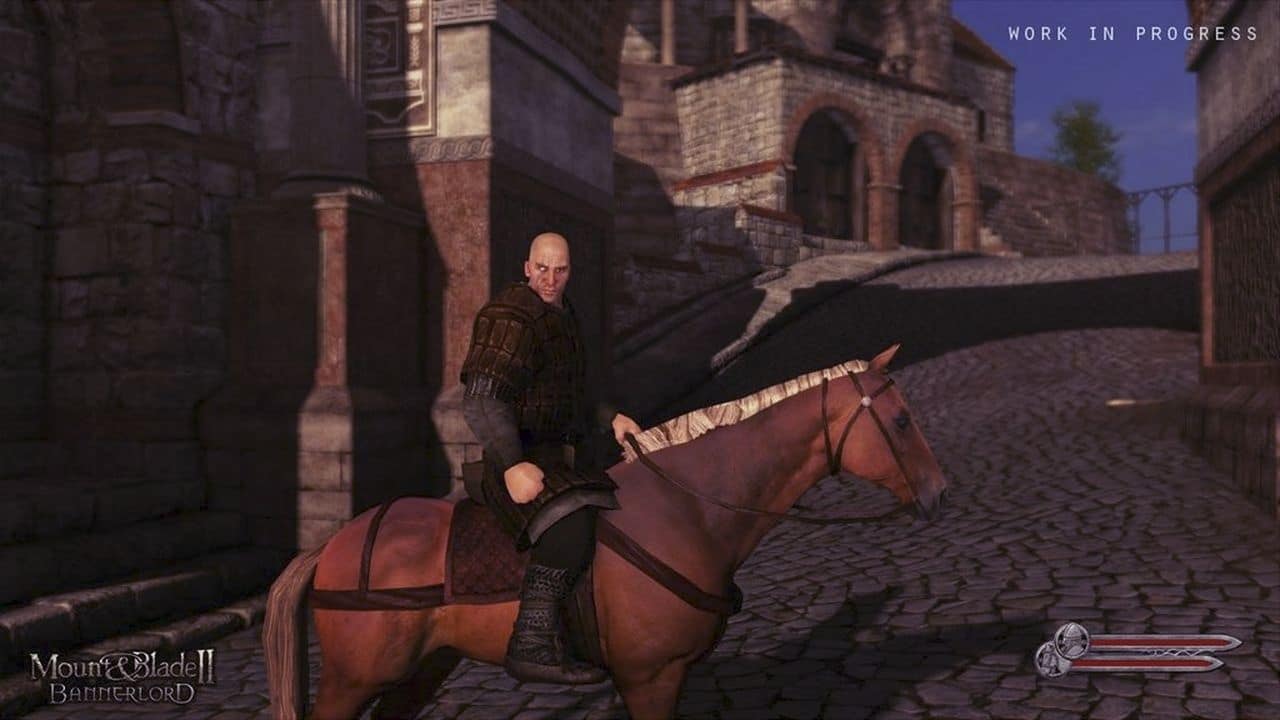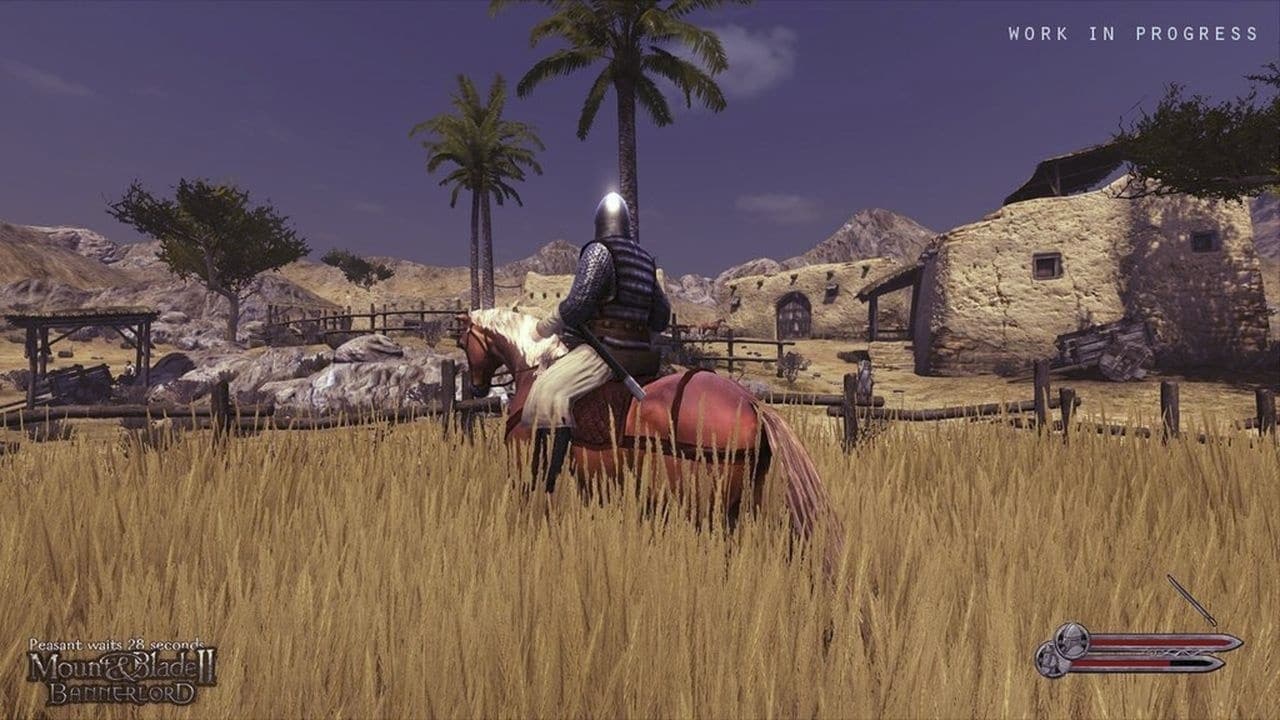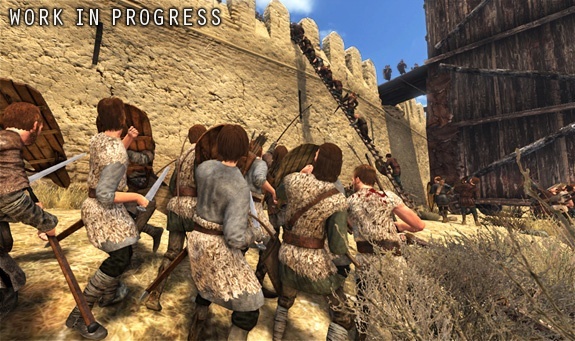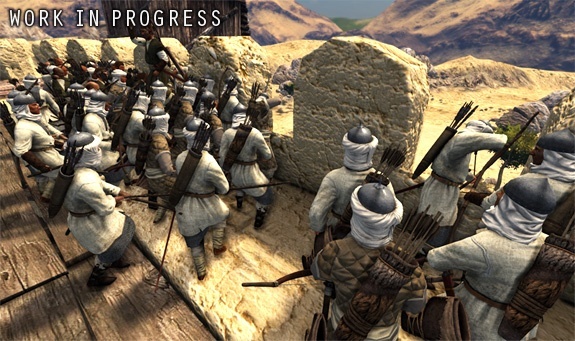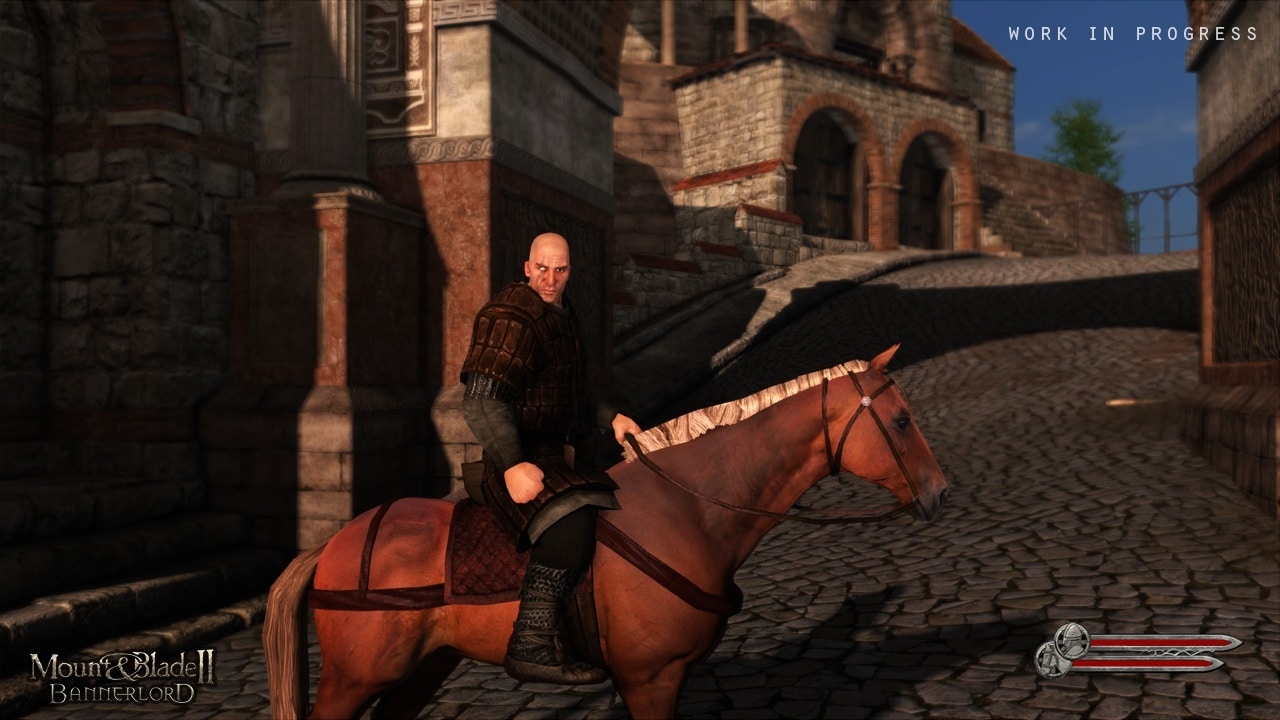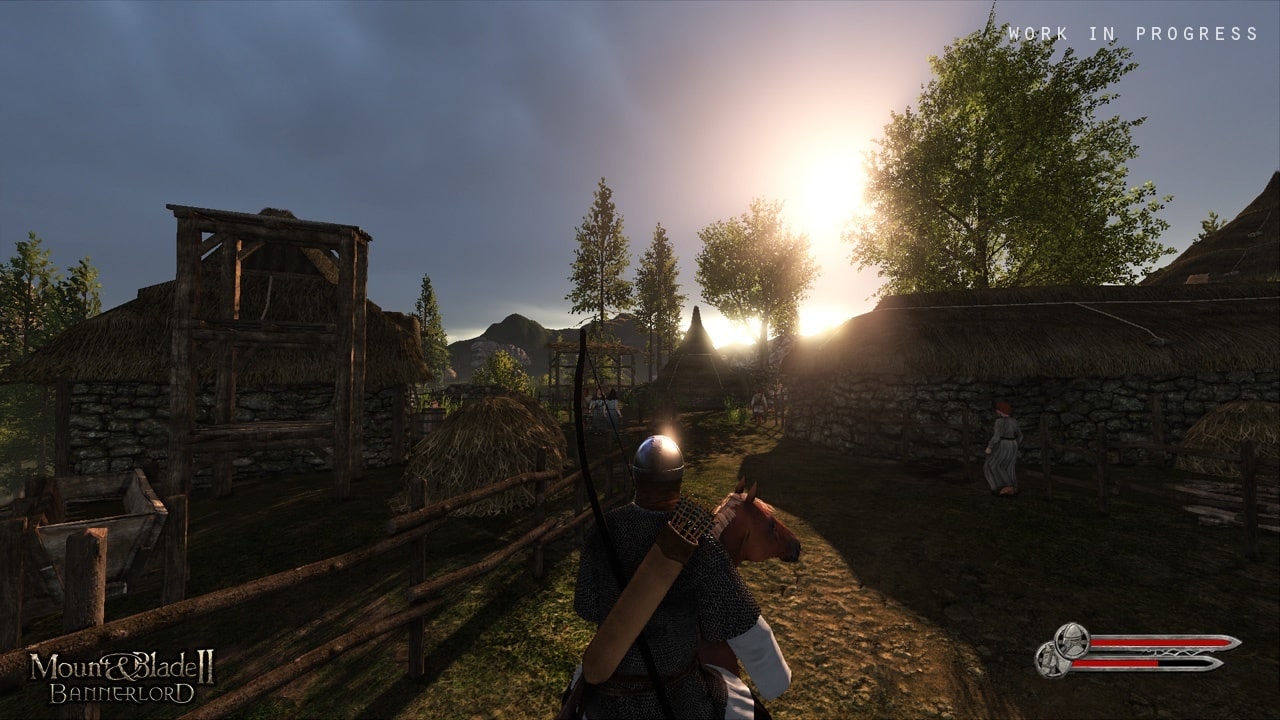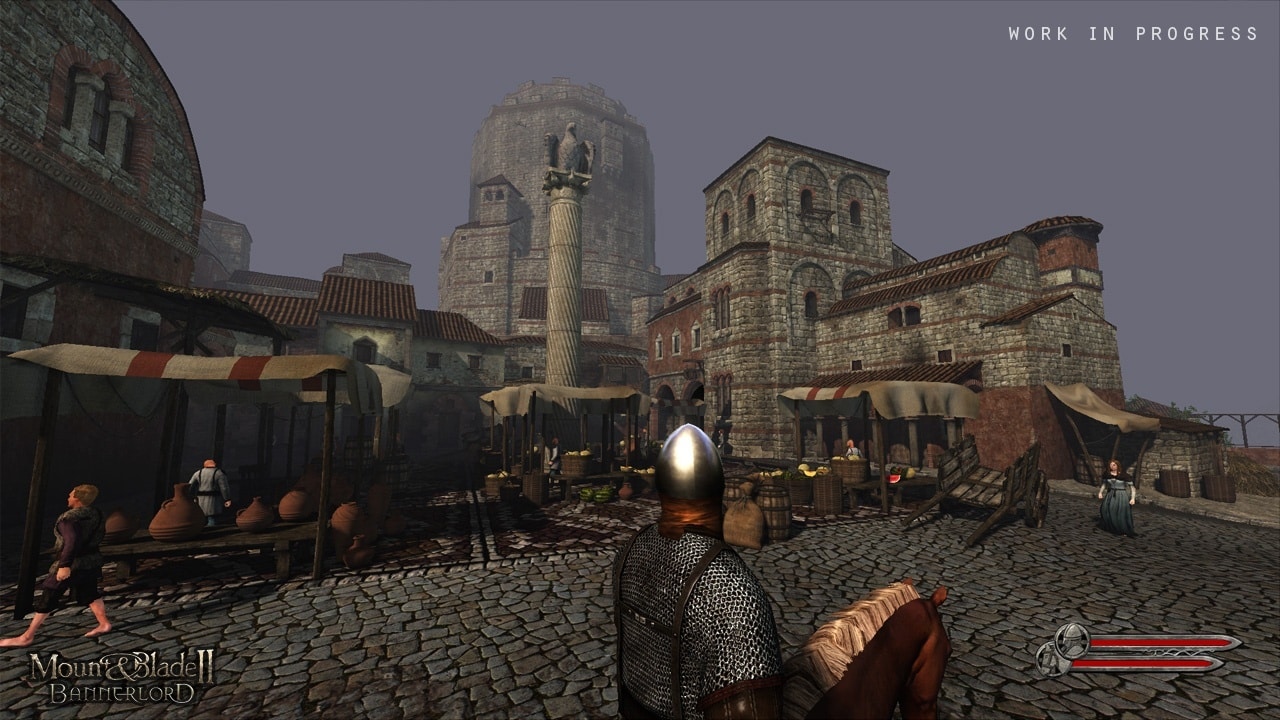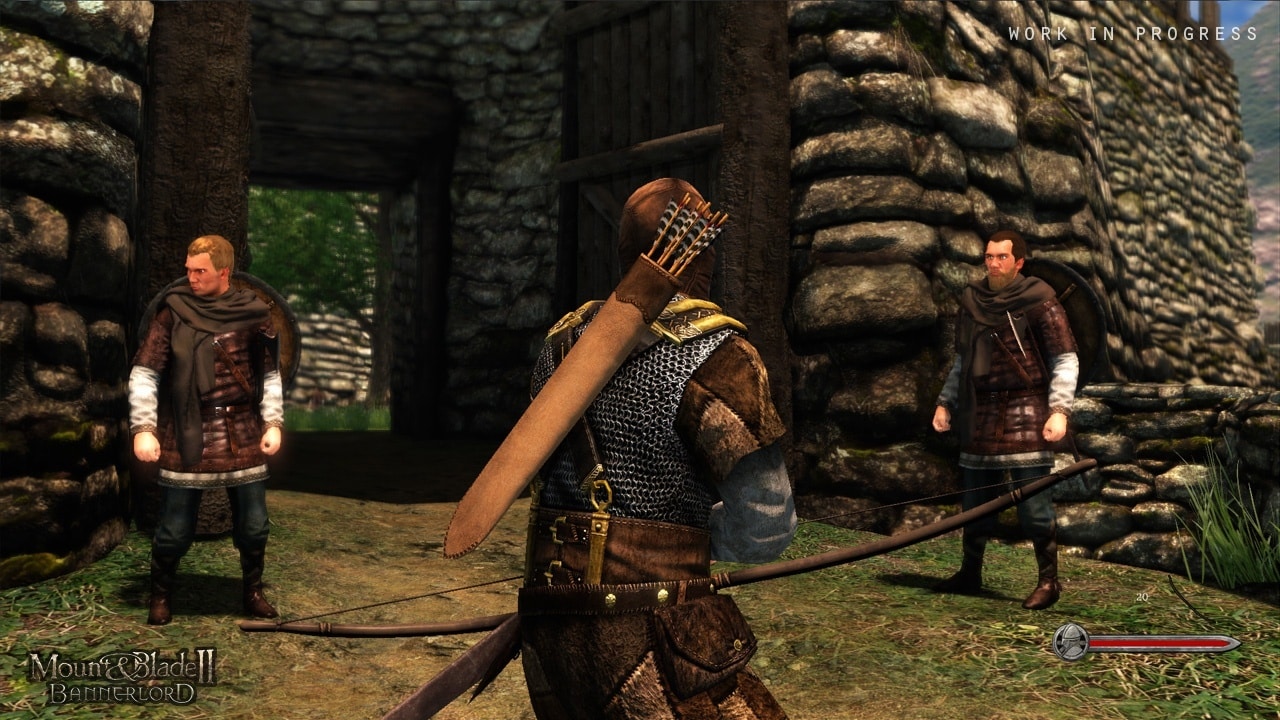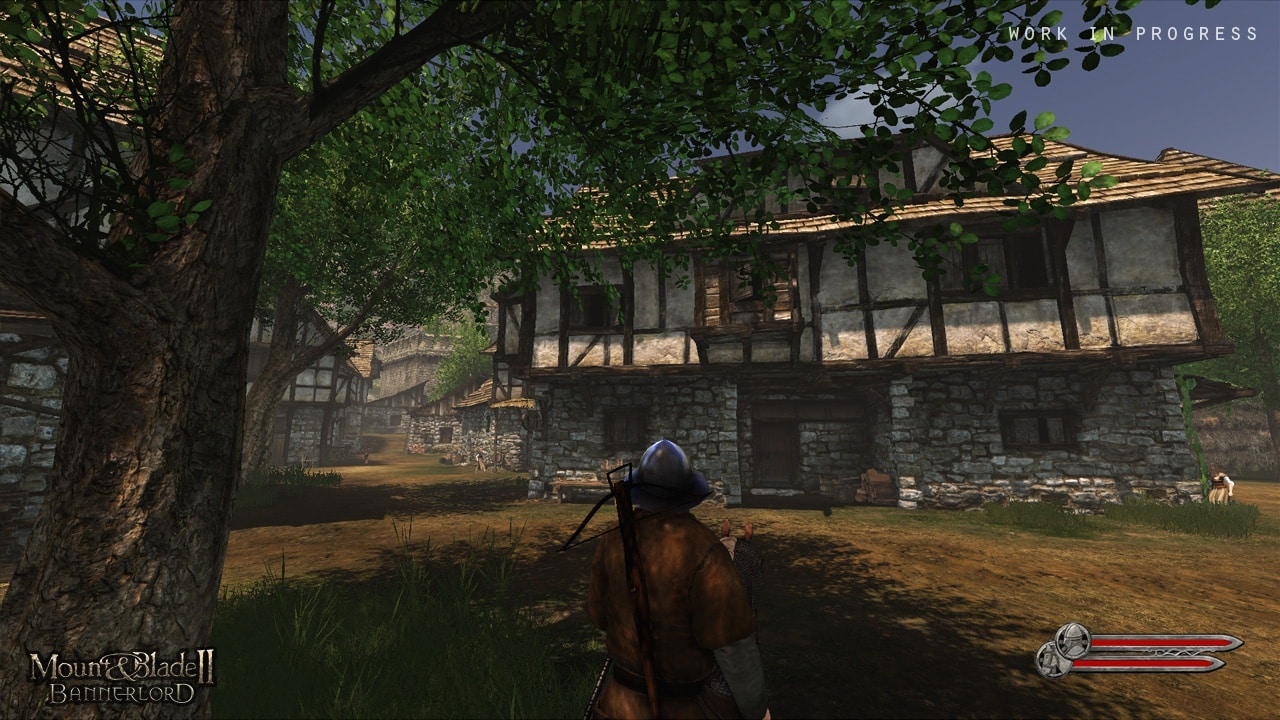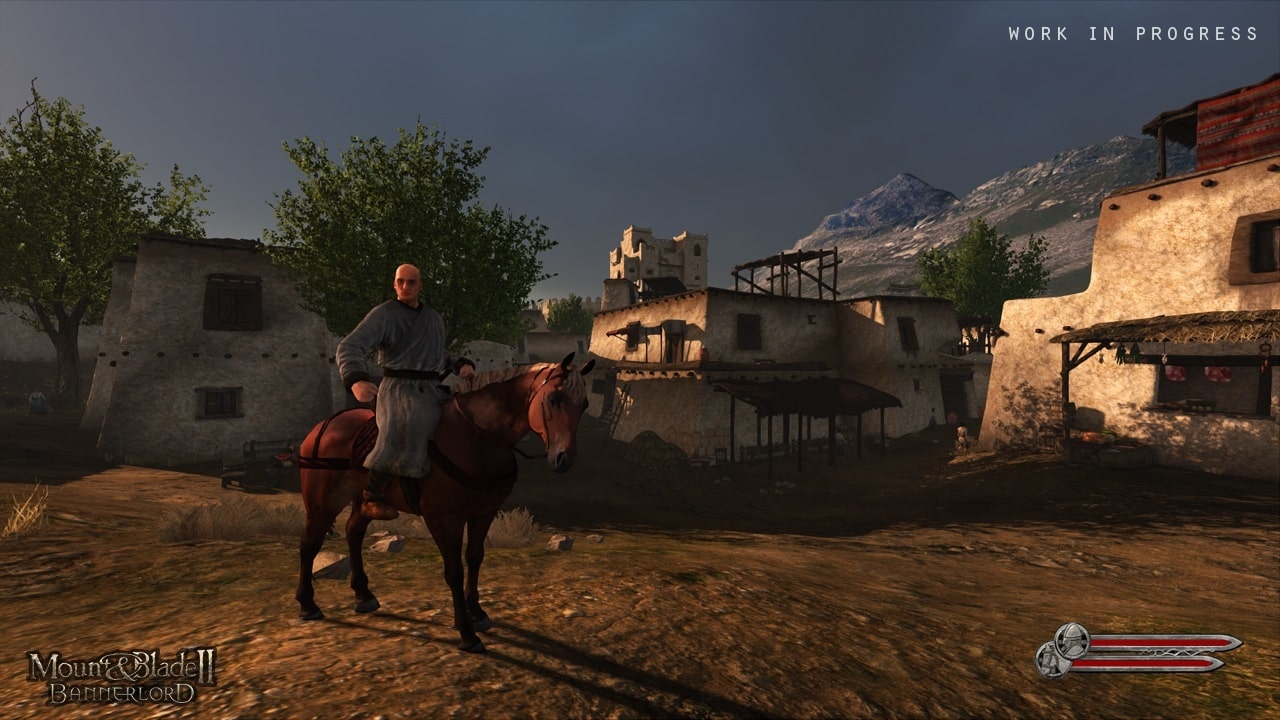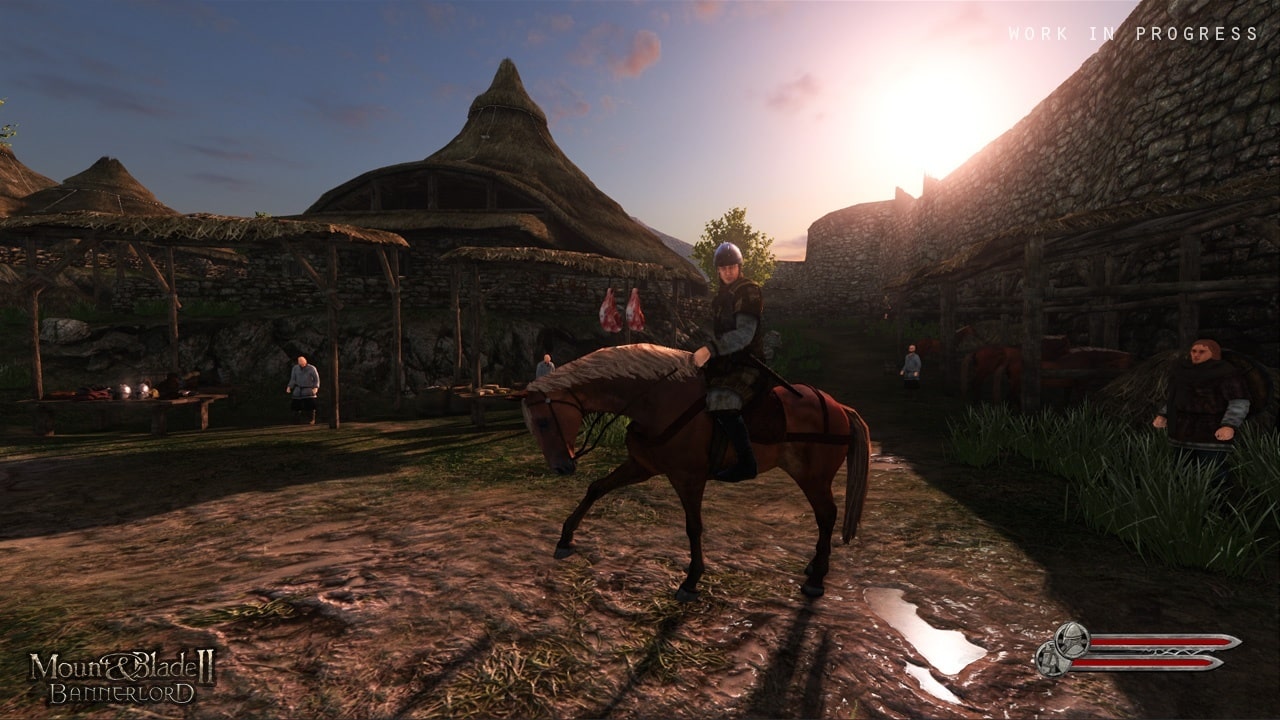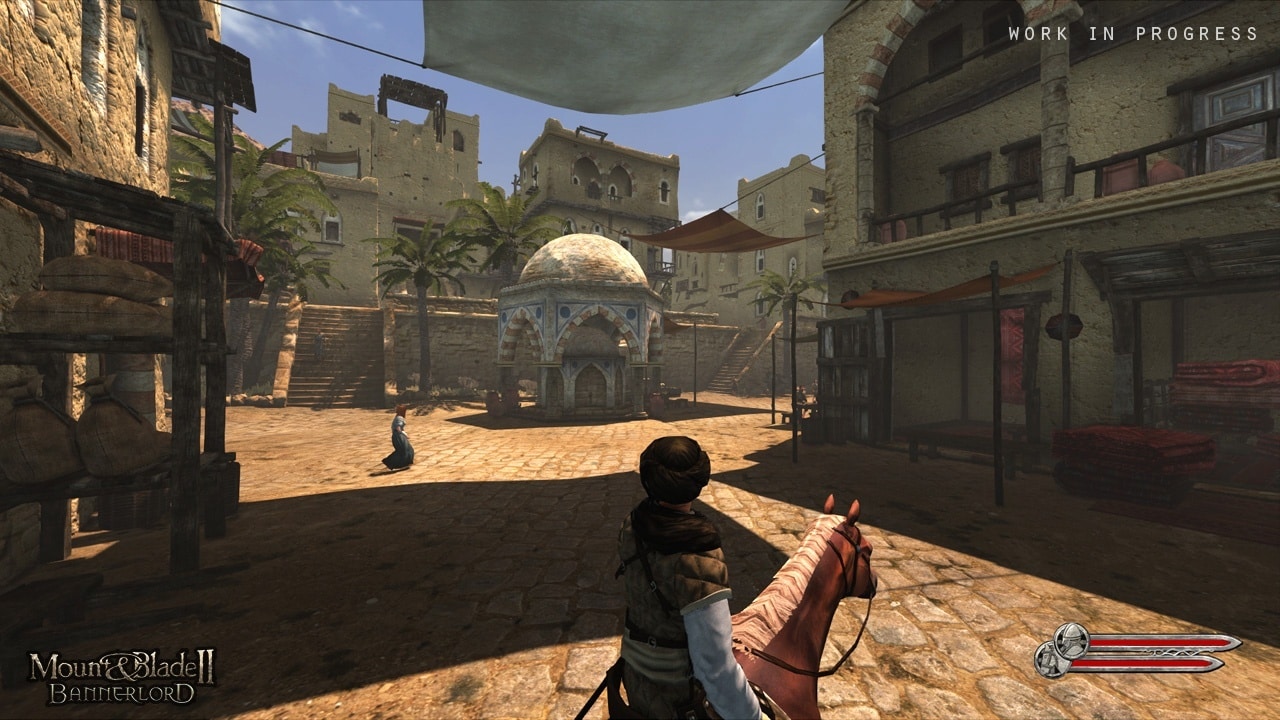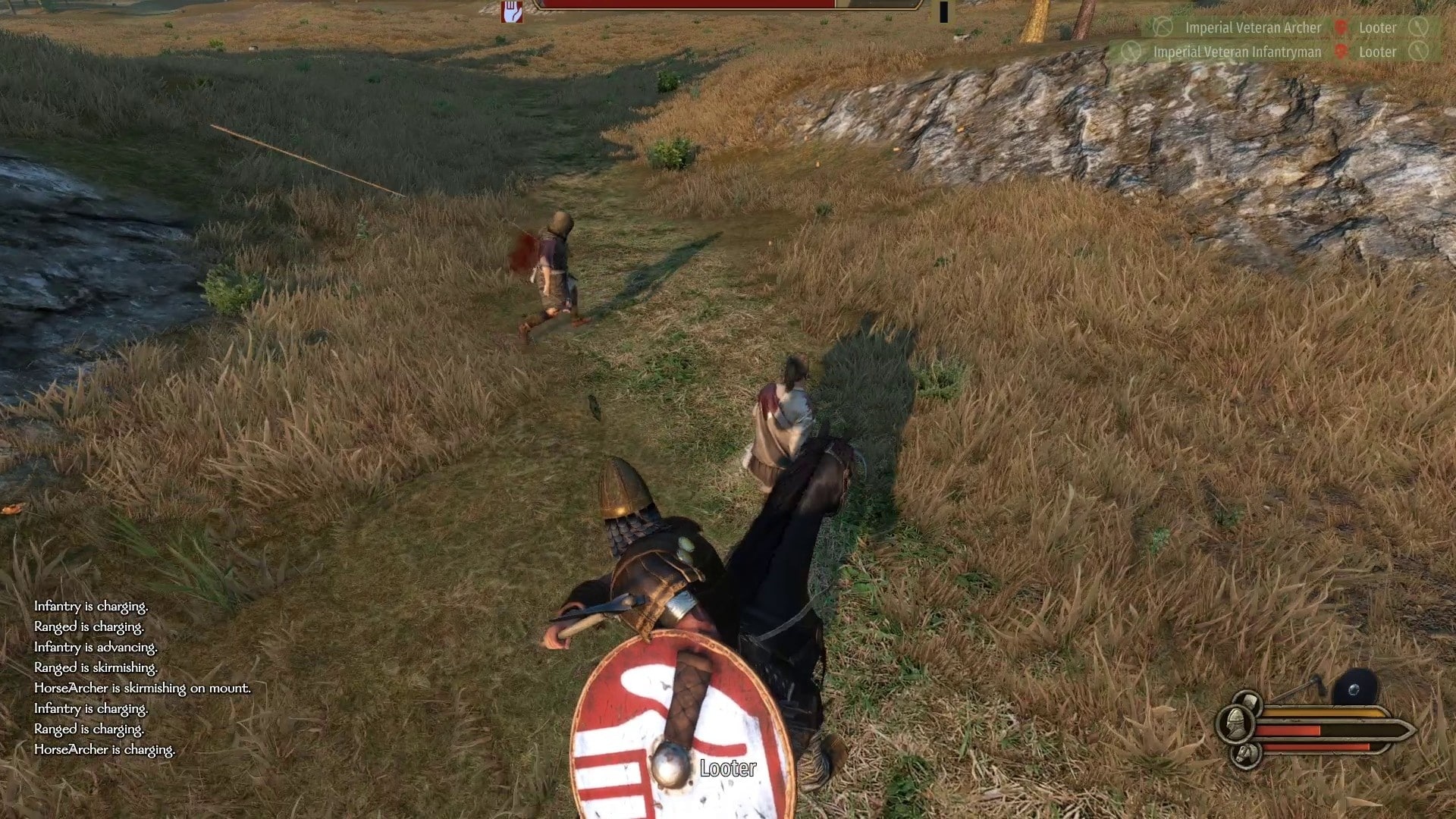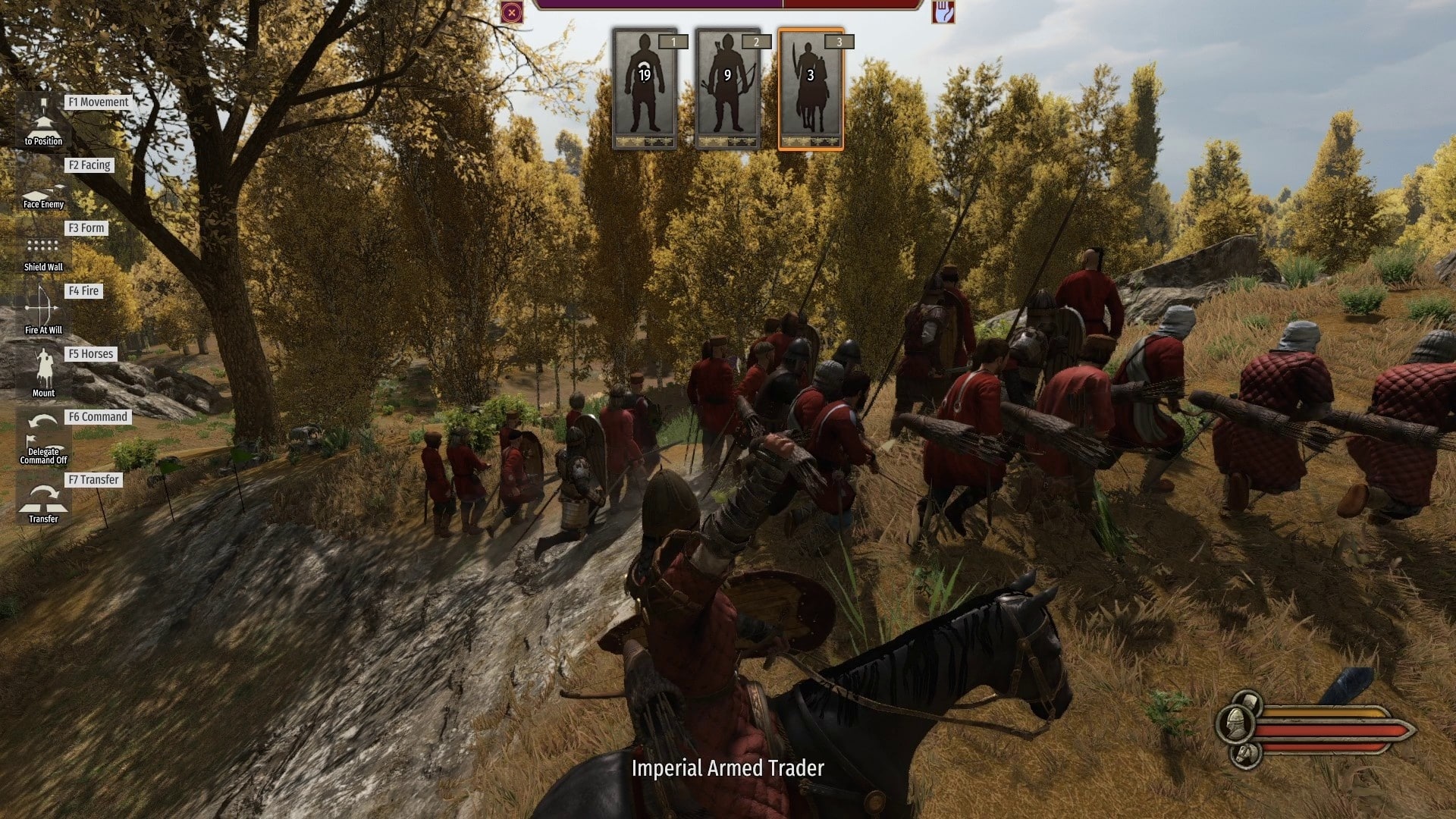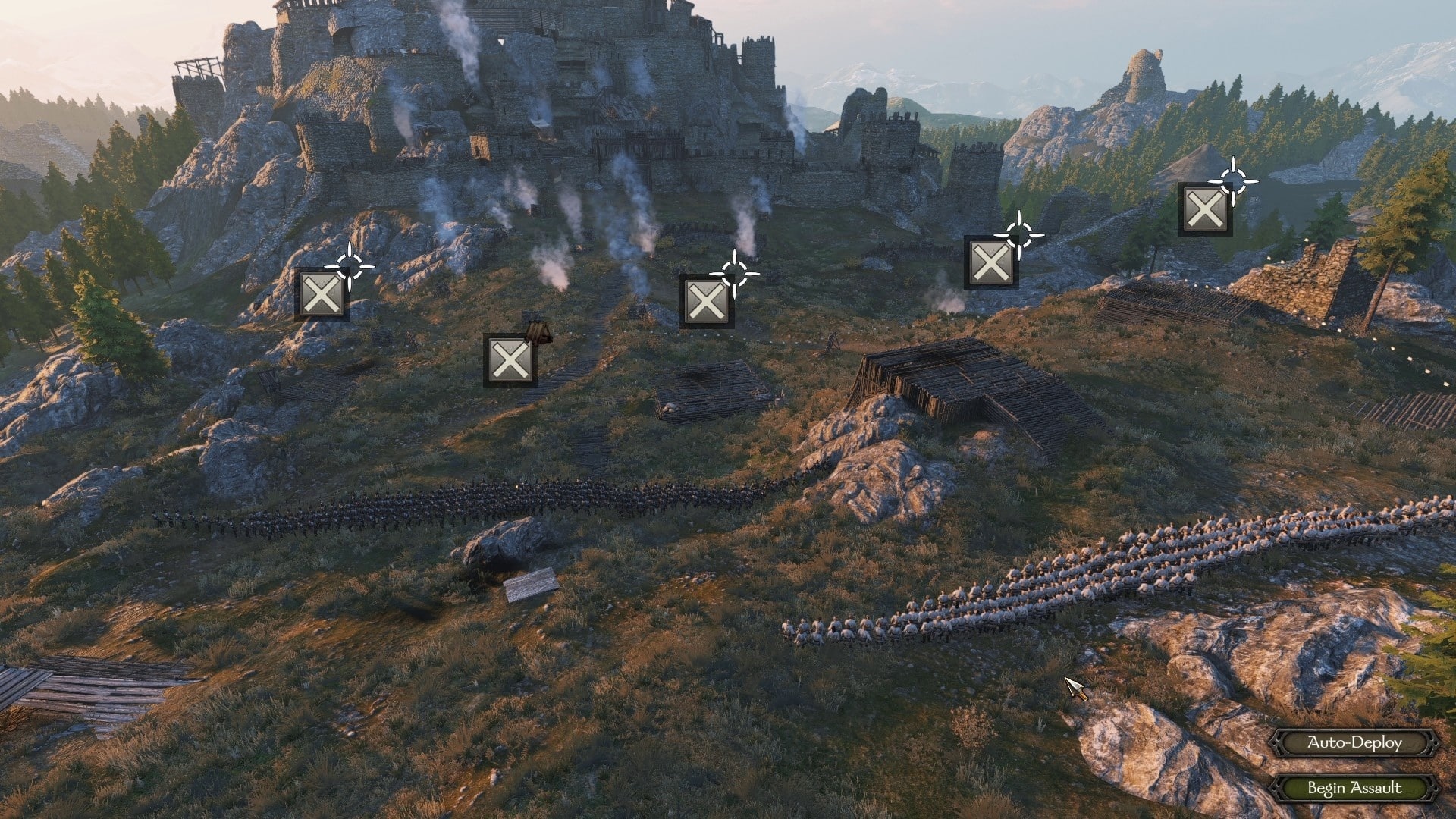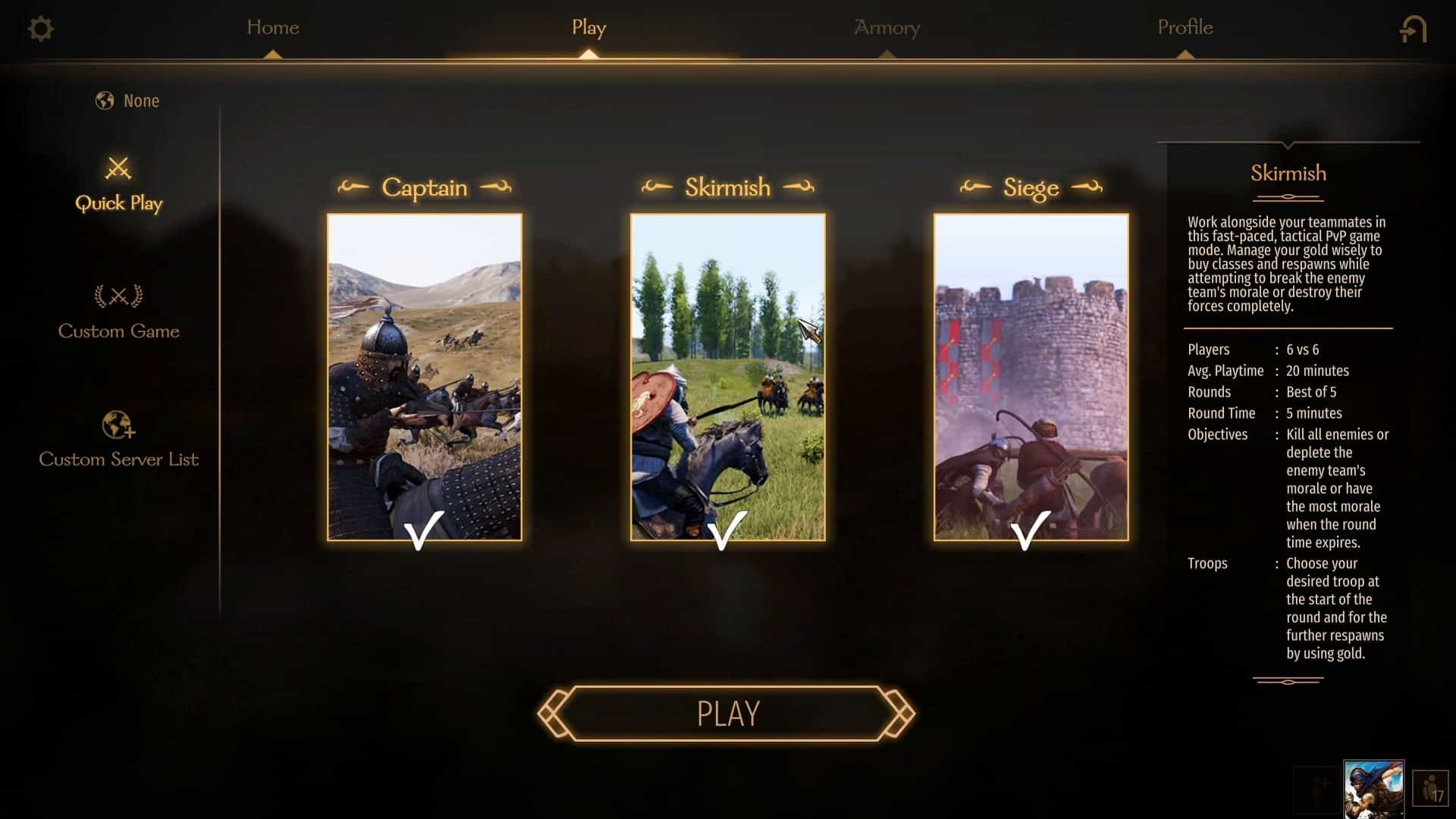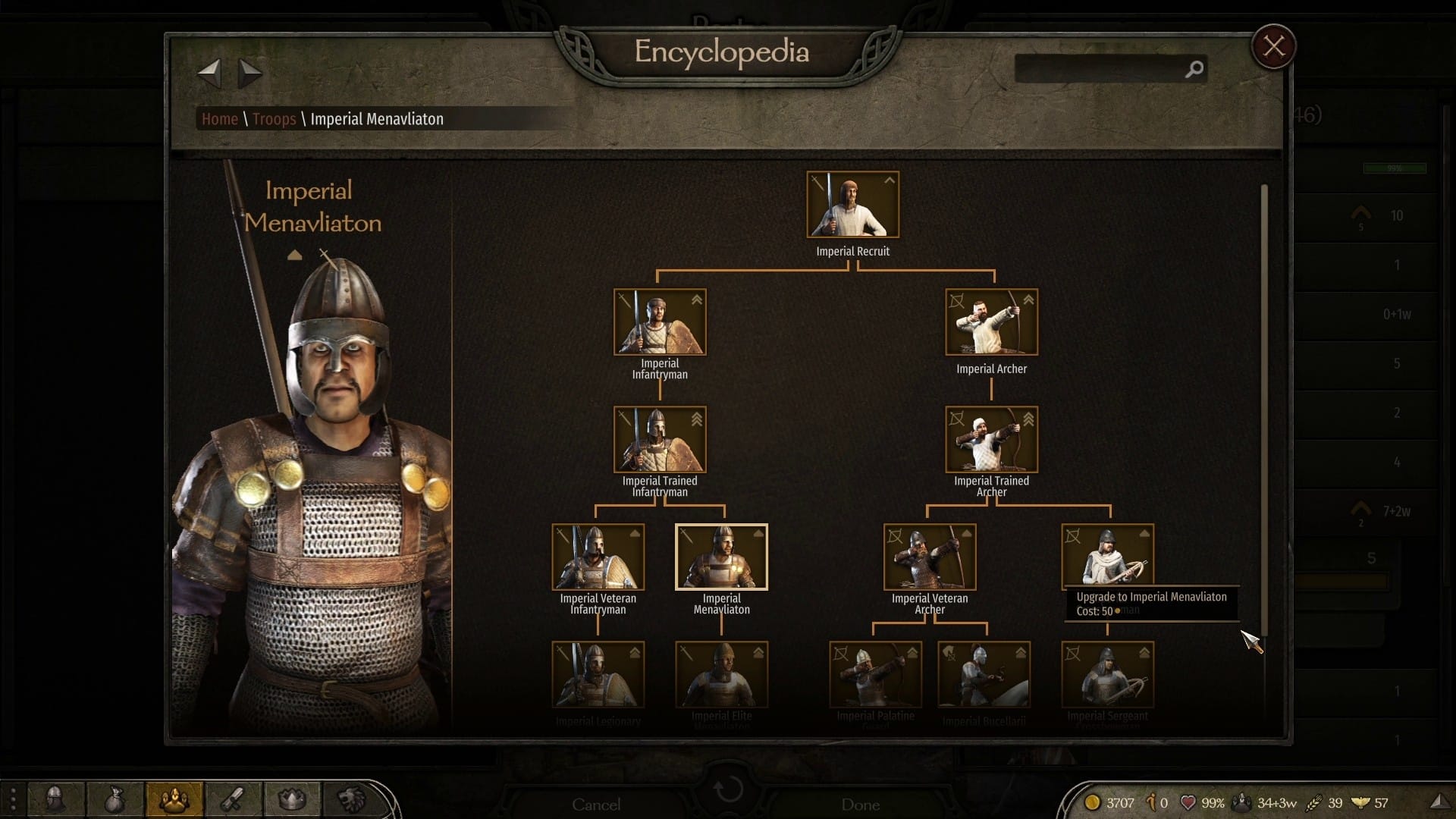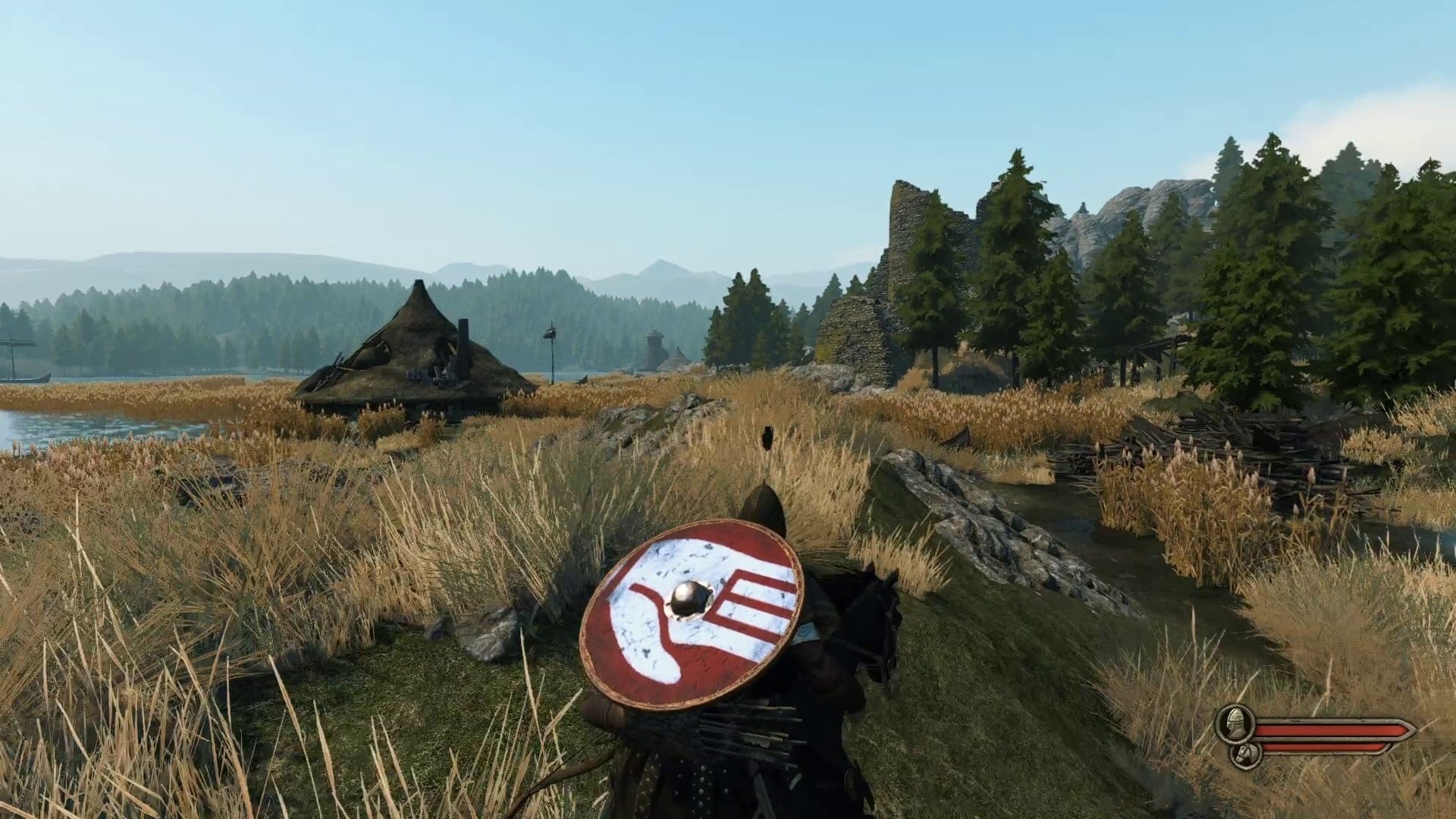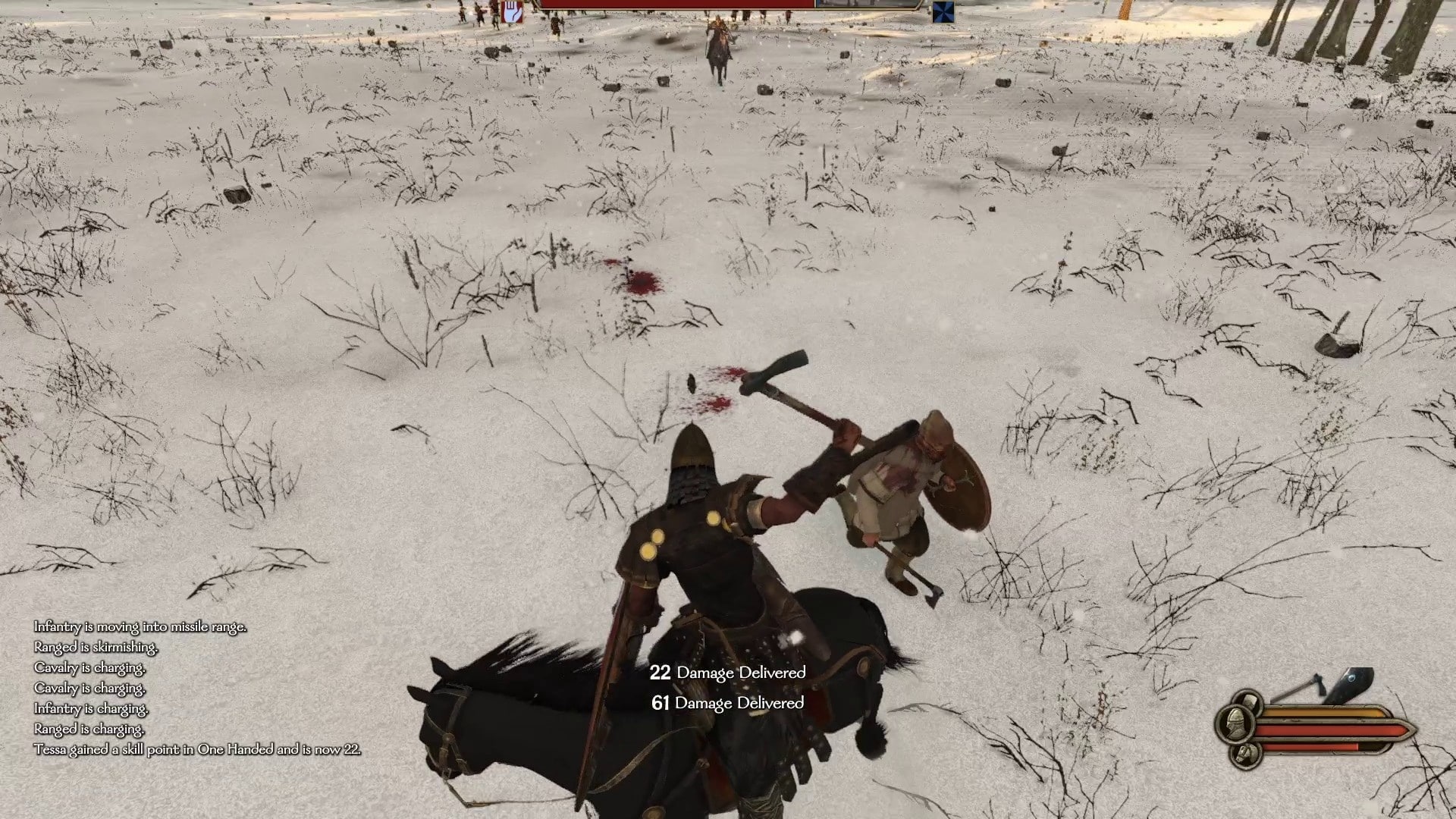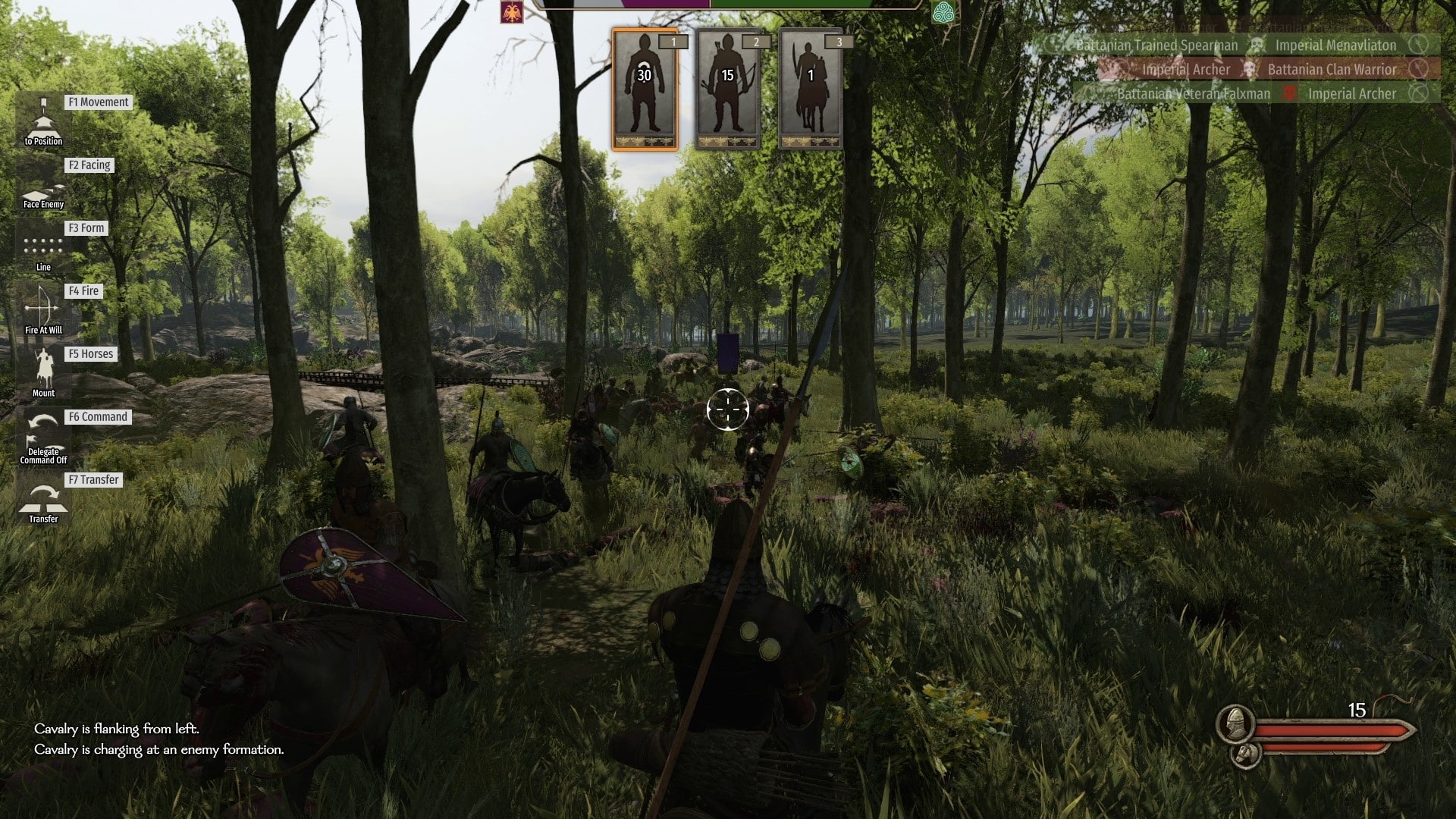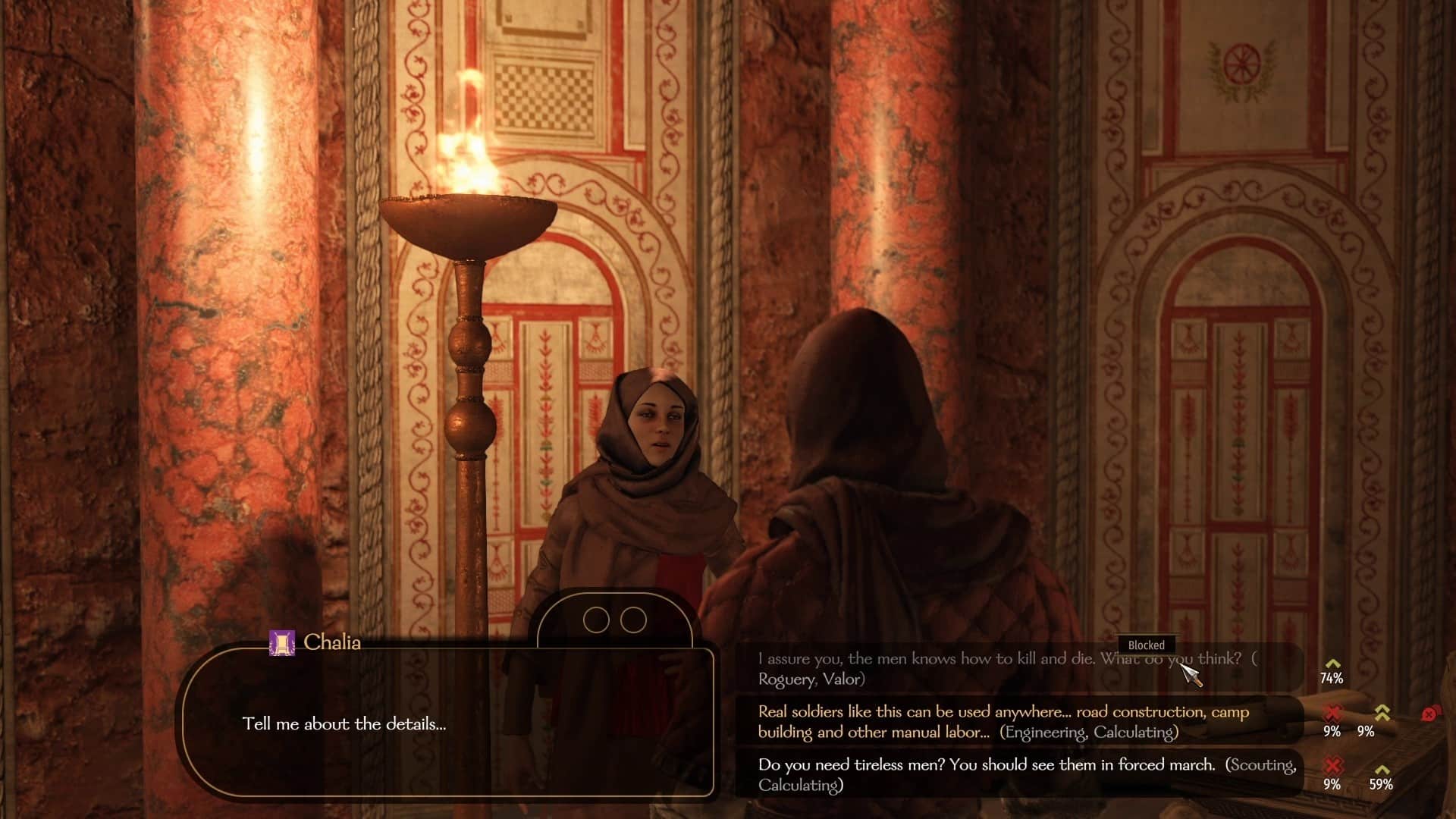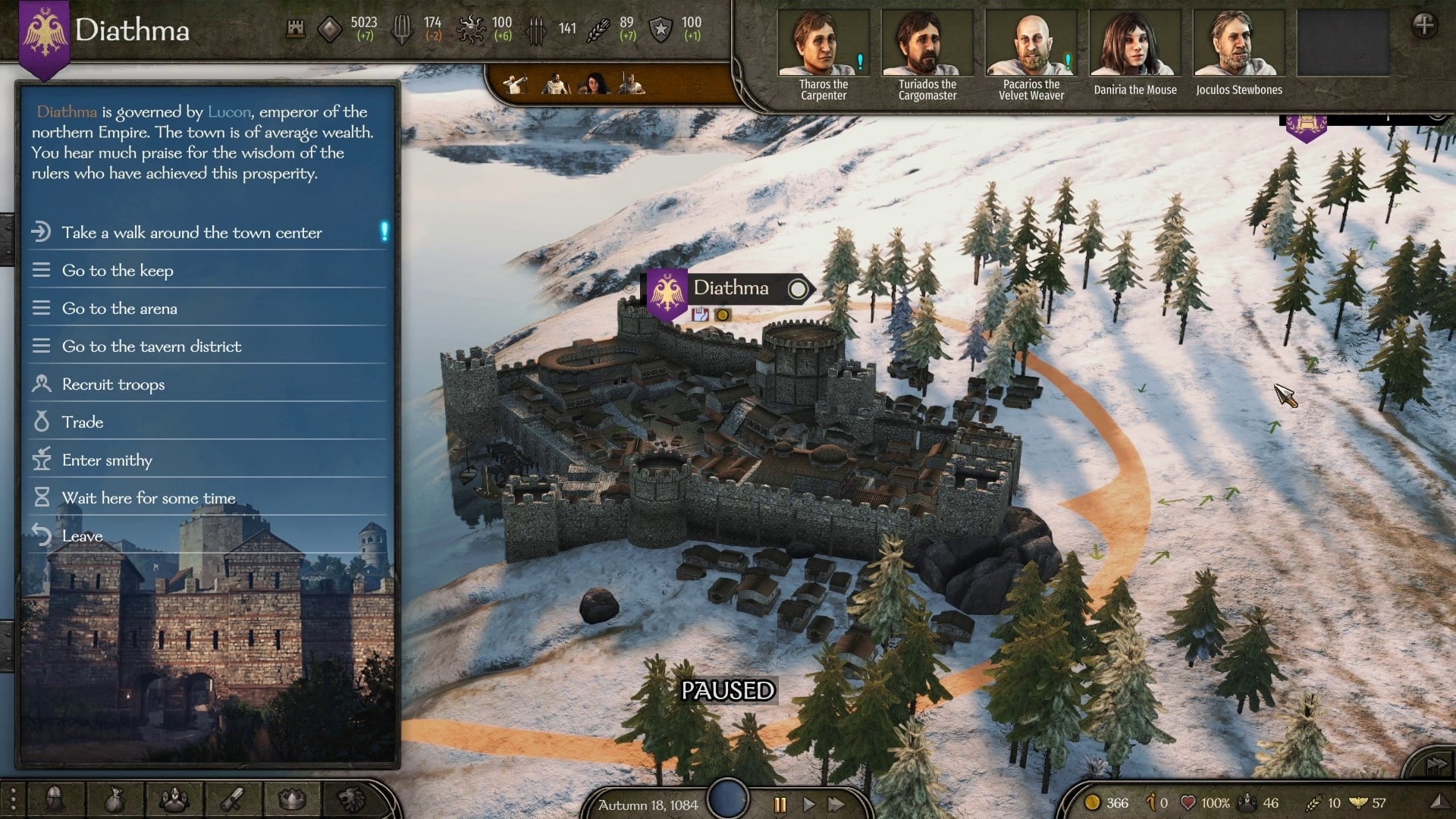You won”t find a medieval sandbox like this anywhere else: The release test reveals who has fun with Mount & Blade 2. And who rather won”t.
If you buy Mount & Blade 2: Bannerlord blind, you”ll be amazed: there are three games in one download! The beauty of it is that the more you play Bannerlord, the more time you put into it and the more you get into its medieval fantasy, the more fun you”ll have playing it.
Because Mount Blade 2 offers you a lot of freedom with its huge sandbox world – but you also have to be prepared to use exactly these freedoms. If, on the other hand, you are conditioned to stubbornly follow the story, want to tick off side quests and experience exciting prefabricated stories instead of writing your own, then the mix of role-playing and strategy may not be for you.
In the review of the release version 1.0 of Mount & Blade 2: Bannerlords you can read all about the strengths and weaknesses of the game, into which developer Taleworlds Entertainment has put ten years of work (two of which in Early Access). Because this mammoth project is finally finished and it is incomparable. For a tiny impression, I recommend this short gameplay video from the test version:
The adventure starts small
The single-player campaign of Mount & Blade 2 releases you into freedom after an optional tutorial: You have the rough task of bringing together an ancient banner and thus either uniting the broken empire or launching a new kingdom, otherwise all paths are open to you.
The setting is strongly oriented towards the Central European Middle Ages, there are thick castles, armoured knights, wild hordes of horsemen in the south and east, fur-wearing axe-wielders in the north – all familiar and entirely without fantasy elements. Your hero, created at the beginning, can hire soldiers and NPC comrades.
The size of the party grows with the experience point bar, but your party is always shown on the world map as a single horse with a number next to it indicating the troop strength – just like all the other merchants, armies, soldiers of fortune and bandits that move across the map at the same time as you in real time (there is a pause and speed-up function).
You can now:
- Trade goods, whose prices change dynamically and vary depending on the region, either by loading stuff into your inventory yourself or by organising caravans and buying workshops. This is one way to get rich.
- Forge equipment (even with an endless supply of NPC crafting requests if you wish). This is also a very easy way to make a lot of money, bordering on an exploit to some extent.
- Randomly generated orders for civilians and nobility to complete, which are quickly repeated but increase your reputation.
- Fight in the arena as a gladiator and earn a golden nose.
- Hunt down bandits, that also brings money and prestige.
- Join a lord or kingdom, for example as a mercenary, whereupon new options become available with enough reputation.
- Marry, have children, go to prison, die … but more on that later.
Yes, there is a lot to do in Mount & Blade 2 from the start, and the alibi-like story with a dash of English voice-over (a rarity in the game) is not among the most interesting options. In the beginning, it”s the upgrading of one”s own troops that is most motivating, because each soldier type has an upgrade tree; with enough experience, green recruits eventually become stalwart elite spearmen.
At the same time, your male or female character also gains experience; similar to The Elder Scrolls, you increase attributes by performing the associated activities, such as shooting diligently with the bow or spraying your charm in dialogues. It is a successful system that now works reliably, unlike in Early Access.
In addition, you equip the hero and the companions (who are completely interchangeable despite their background stories) with captured, self-made or purchased items such as a large number of weapons, armour and bridles (for the horse, not for the companions!). You can see the items directly on your character”s body, even on the world map.
The controls are largely successful, and the combat system can be adapted to your own skills with an optional enemy-switch-on function and other simplifications. Although the simulation of different punching and blocking directions is fascinating in principle, the fact that even perfectly timed blows sometimes miss because one”s allies stand in the way with a shield, a lance or their body is annoying at the very least.
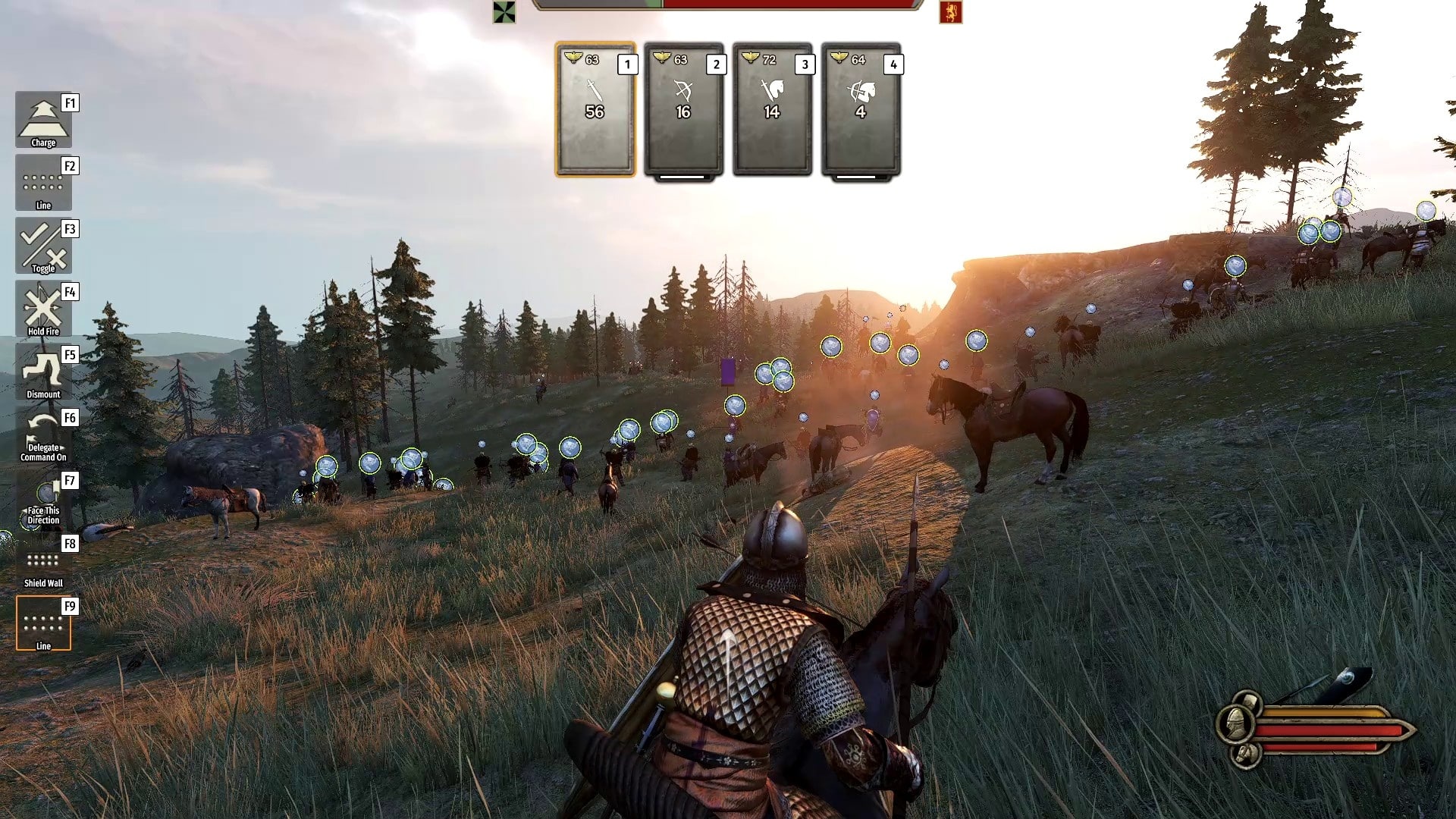
Then everything becomes very big very quickly
After about ten level-ups, you”ll have an army of a good 100 men and can finally play on the big political stage. By then you will probably have already fought several smaller battles – thanks to the independent AI, you can calculate these on the map as well as have them run almost automatically in the separately loaded battlefields.
However, if you turn up the difficulty level, which can be adjusted in detail before the game starts and during a match, you will prefer to take part yourself, because the battles offer a fair amount of (tactical) challenge.
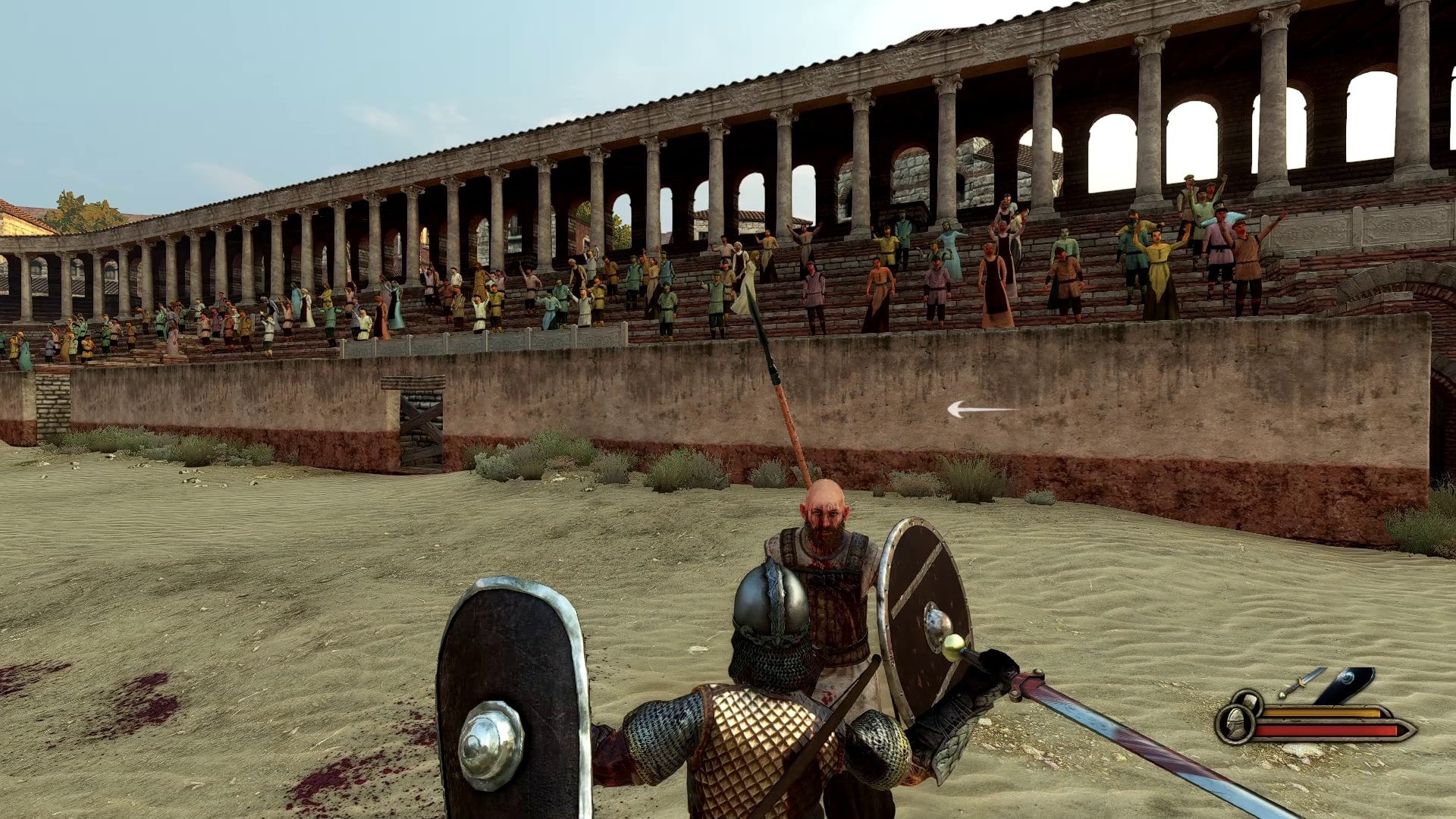
Mount & Blade 2: What does the multiplayer mode offer?
During the Early Access phase, multiplayer mode was almost extinct, but now you can host private servers and a handful of player associations make use of this option. Among others, there are RPG servers with theoretically up to 1,000 players and those in which you can experience the fixed modes (also playable via matchmaking):
- In Captain each player controls a small team of AI soldiers. Two teams fight until all opponents are defeated or their morale has dropped to zero. Number of players: 6 vs 6.
- Skirmish is more or less the Counter-Strike of Mount & Blade. Here you are on the road without AI support, but you can unlock better hero classes and buy respawns with the gold you earn. Number of players: 6 vs 6.
In - Victories, attackers and defenders fight for control of a castle. Within 30 minutes, the besiegers must conquer the keep. Number of players: 60 vs 60. Gold was introduced as a resource per update: Attackers get the precious metal for destroying walls and doors, defenders get it for destroying siege engines. In addition, a bonus is divided fairly between all players at the end, depending on how much they have helped the team.
- Team Deathmatchis the usual PvP with two groups, also here a maximum of 120 players bash each other”s heads in.
Battles meanwhile take place on maps that are oriented to the environmental conditions on the large world map, there is a lot of space to manoeuvre (sometimes even too much, because the AI can hide well) and the atmosphere is top-notch: riding down the enemy archers at the head of a cavalry unit inevitably evokes manic laughter in the player.
And when, at the end of a siege (including the mechanics of starvation), the assault finally takes place and the soldiers are packed tightly together in the wall breach, only to be slaughtered by the defenders in front, you inevitably think to yourself that life in the Middle Ages was perhaps not as romantic as we like to imagine it today.
Like so many things in Mount Blade 2, the situations in battle become repetitive in the long run. This takes on absurd proportions, for example, in the initial clearing out of bandit camps, where you eventually have to put the AI on autopilot and only show up with your hero for the same duel with the gang leader. This is also much more effective than intervening in the battle yourself, because your AI soldiers are always faster on foot than you are anyway. A sprint button is sorely missed in Mount Blade 2!
But back to the three games that are in Bannerlord. The second unfolds in the midgame: you take a fief from one of the AI kings, expand your clan and eventually found a kingdom. Here, administrative tasks come more to the fore, you now delegate orders to AI cronies, instead you deal with the education of your children, execute opponents and make strategic decisions.
In a kind of mini-constitution, you dictate how your kingdom functions through edicts and must use your influence to overrule internal rivals. You also take control of cities and defend them against invaders (for example, by reinforcing a garrison with soldiers).
Most of these tasks take place in menus, but you can also travel as a king on horseback and have to traipse from one end of the huge game world to the other, which sometimes drags the game out unpleasantly. Theoretically, you can take over any of the dozens of cities and fortresses and create a world empire. Or you can think up something completely different. And this is where the third “game within the game” comes into play.
Infinite Possibilities
Even the first Mount & Blade and its spin-off Warband were used by players for far more than just the usual campaign. Taleworlds Entertainment is acknowledging this with the Sandbox mode.
This lacks the paper-thin backstory around the ancient dragon banner, instead you start a new game with a fresh character, who, unlike in the main mode, may also already be an old warrior. The point is that the player has the greatest possible freedom in shaping his adventure:
- You want to play a blacksmith”s wife who used to be a soldier but is now looking for the great love?
- You”ve made it your mission to execute every king of the eight AI realms?
- You want to see what happens to you when you end up in the dungeon yourself?
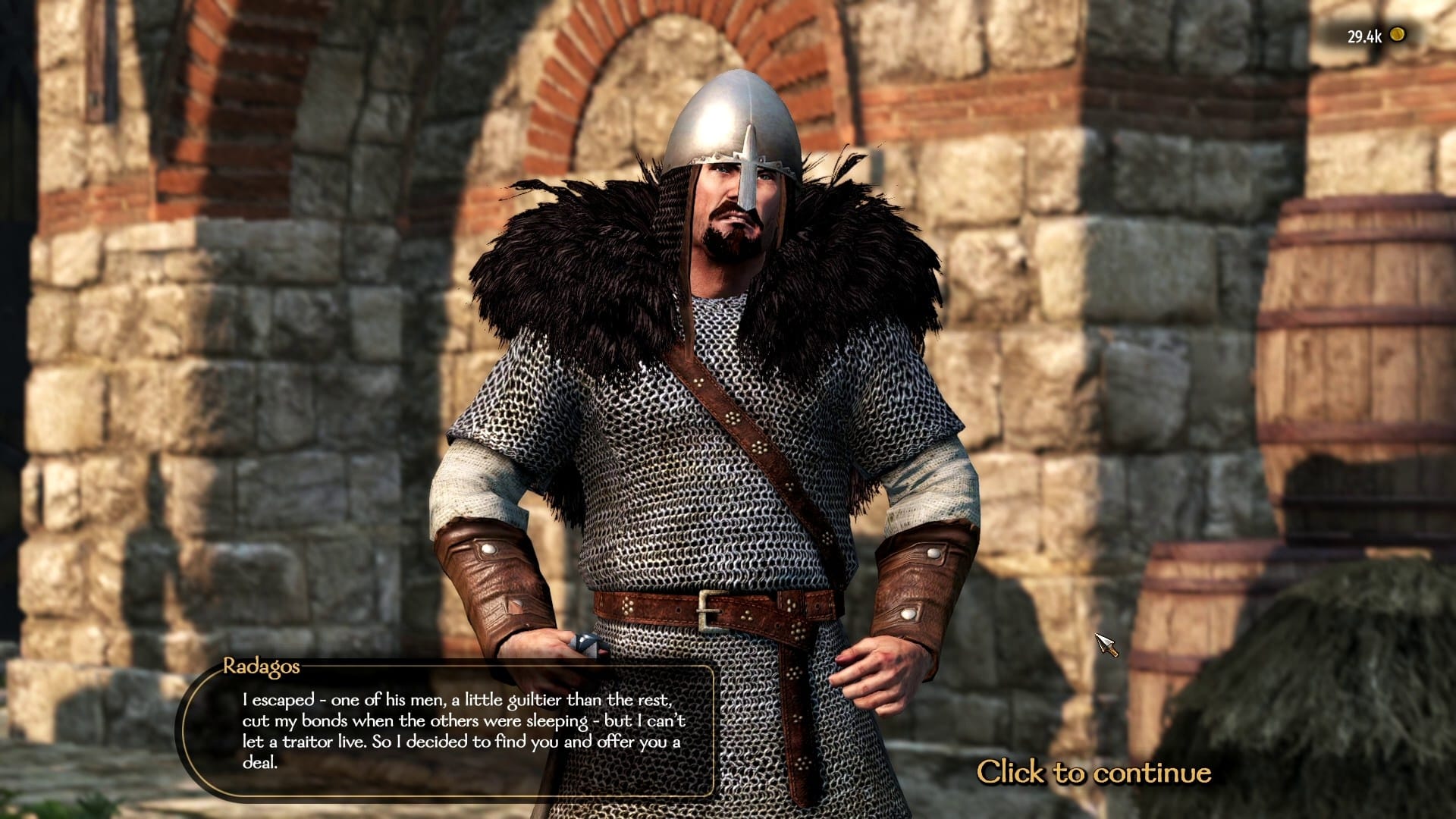
All this and much more you can try out in Mount & Blade. The world serves as an easel on which you create your own personal painting, as a chronicle in which you write your own story. You will be supported by the developers, because the game offers full mod support.
(In the Steam Workshop) or on (Nexusmods) you can find numerous fan extensions, which partly add practical innovations, partly optimise the balance. There are also already the first total conversions, which make fundamental changes to the world map, factions, units or weapons.
The time after release will show whether Mount & Blade 2 has the same staying power as its predecessors. The starting position is good, because the developers have greatly improved the technical foundation: After the Early Access release at the beginning of 2020 still suffered from performance problems, Bannerlord now runs smoothly even in huge battles, even on mid-range hardware. In addition, no more bugs appeared in the test, only small graphical glitches – and those only sporadically. For that alone, it was worth the wait.
Editor”s verdict
It”s downright frightening how easily I found my way back into Mount & Blade 2 after a two-year break. For the test, I actually only wanted to play it again briefly, but then I sacrificed several evenings to building my character, my army and my kingdom. Caution to all medieval fans: this game is a black hole that eats up your time! It is so incredibly motivating to make my own way in the huge sandbox world, to upgrade my troops to elite warriors and to watch my avatar become stronger and stronger through my actions – in exactly those disciplines that I also practise.
After 10 to 20 hours, a new level is added with the kingdom administration. Honestly: In the long run, Mount & Blade 2 loses its appeal for me here, because the haggling over provinces is not as exciting in my eyes as the beginning and middle of the adventure life. But I can still acknowledge how much play there is in here: by the time I”ve painted the whole map in my colours, well over 100 hours have passed and my initially young heroine has long since handed over her job to her descendants.
I could go on raving about Bannerlord like this forever, but I am also fully part of the target group. If you expect to be captivated by the story that comes with it, you”ve come to the wrong place. And annoyances such as the always the same, never varying reactions of the interchangeable NPCs take even me out of the medieval atmosphere now and then, so that a large part of the game time is spent reeling off the same actions over and over again. The only thing that helps is a trip to the sandbox to throw off all the shackles and play your own character with a lot of imagination – almost no other game offers such freedom – without mods.

